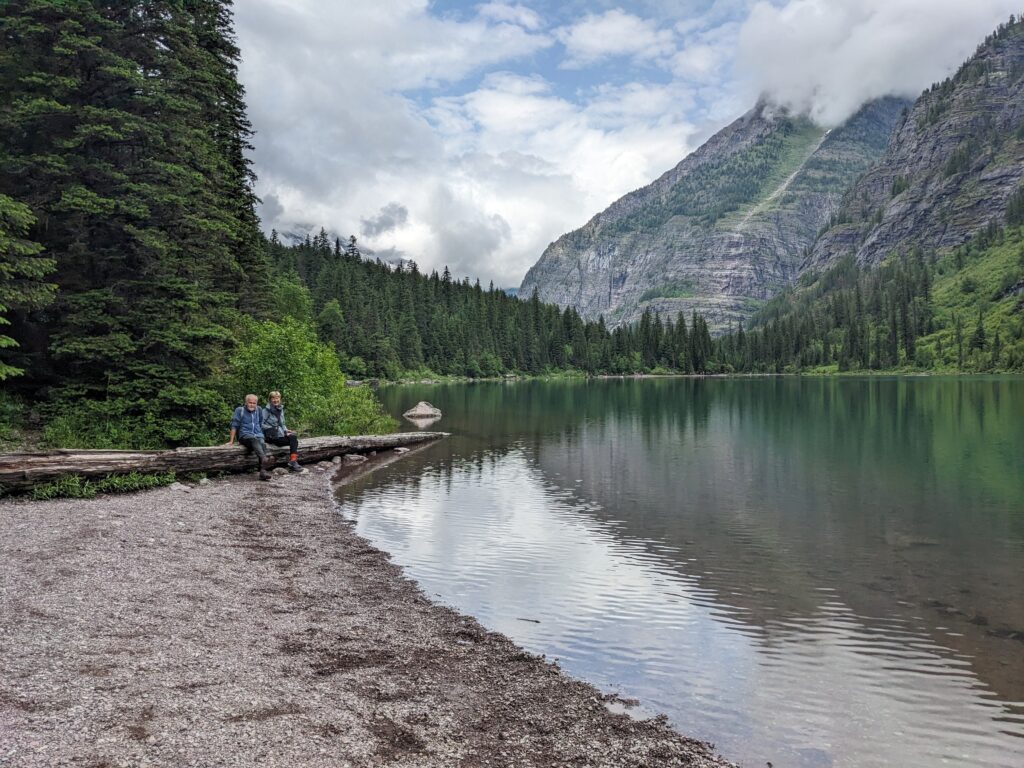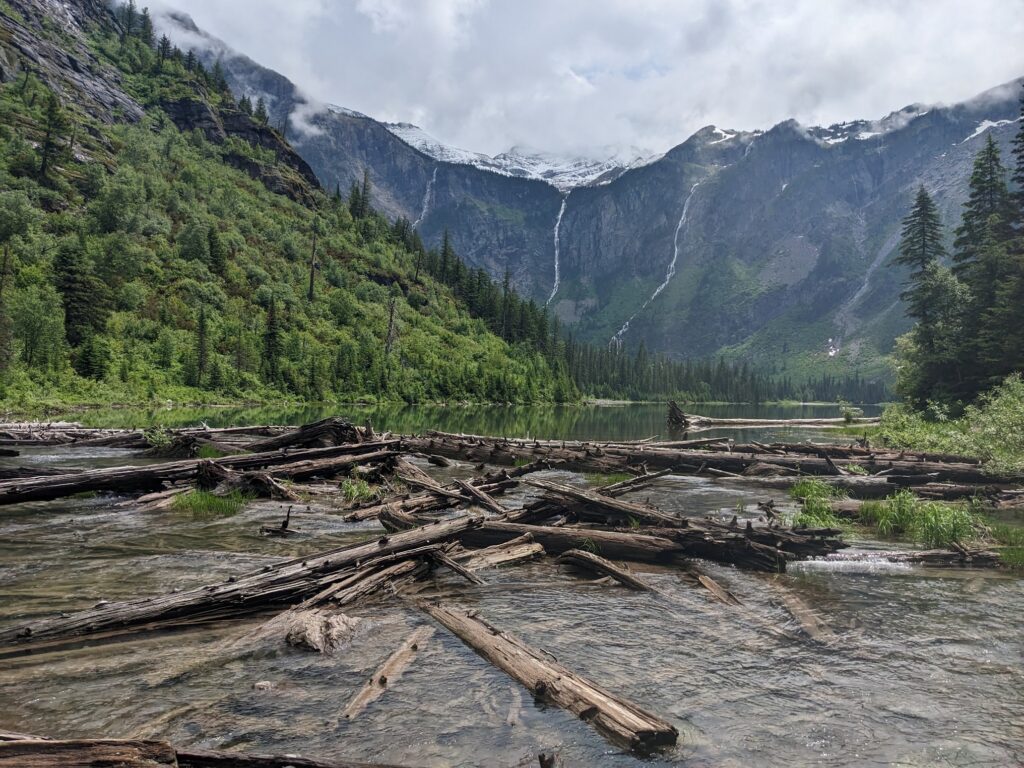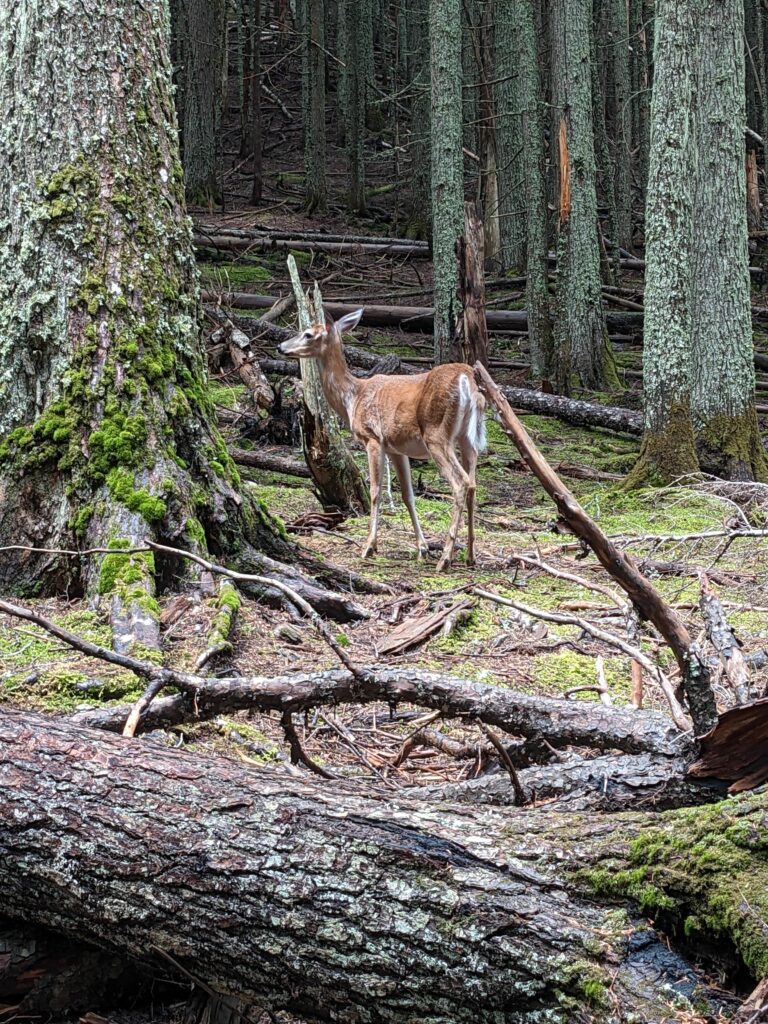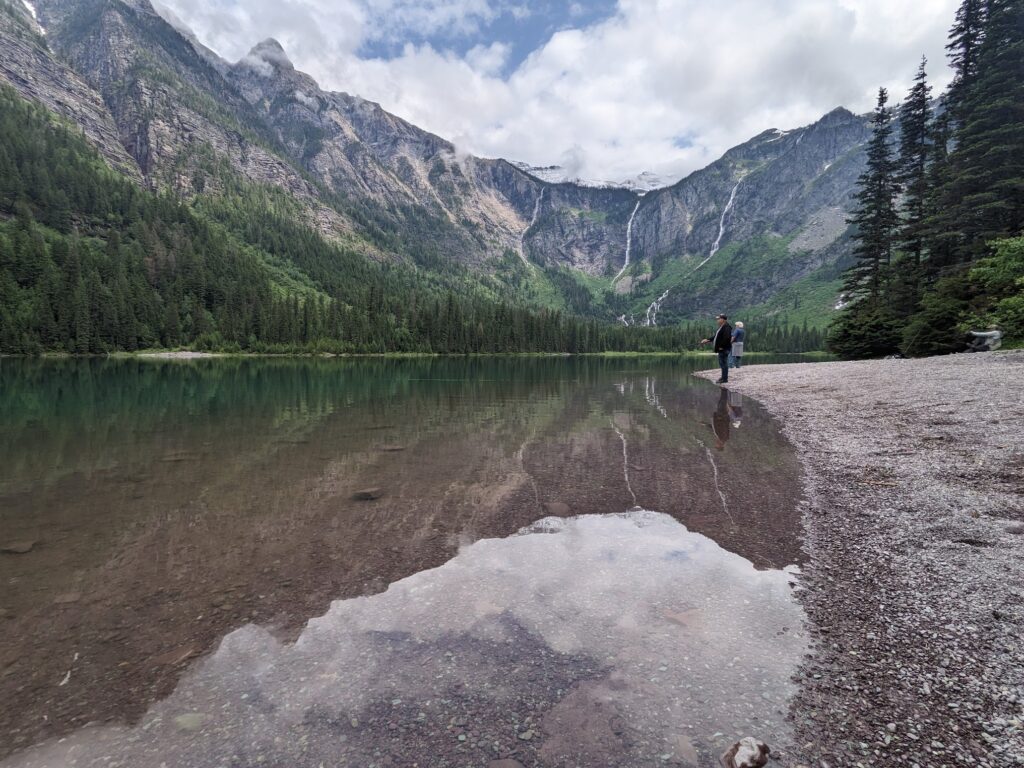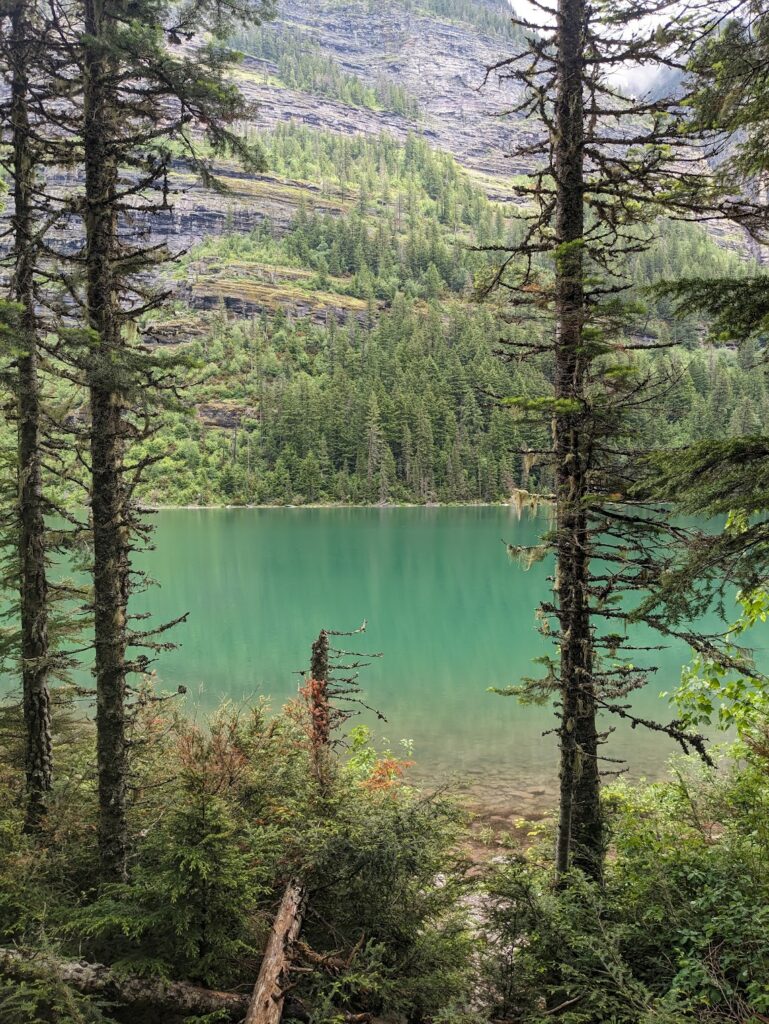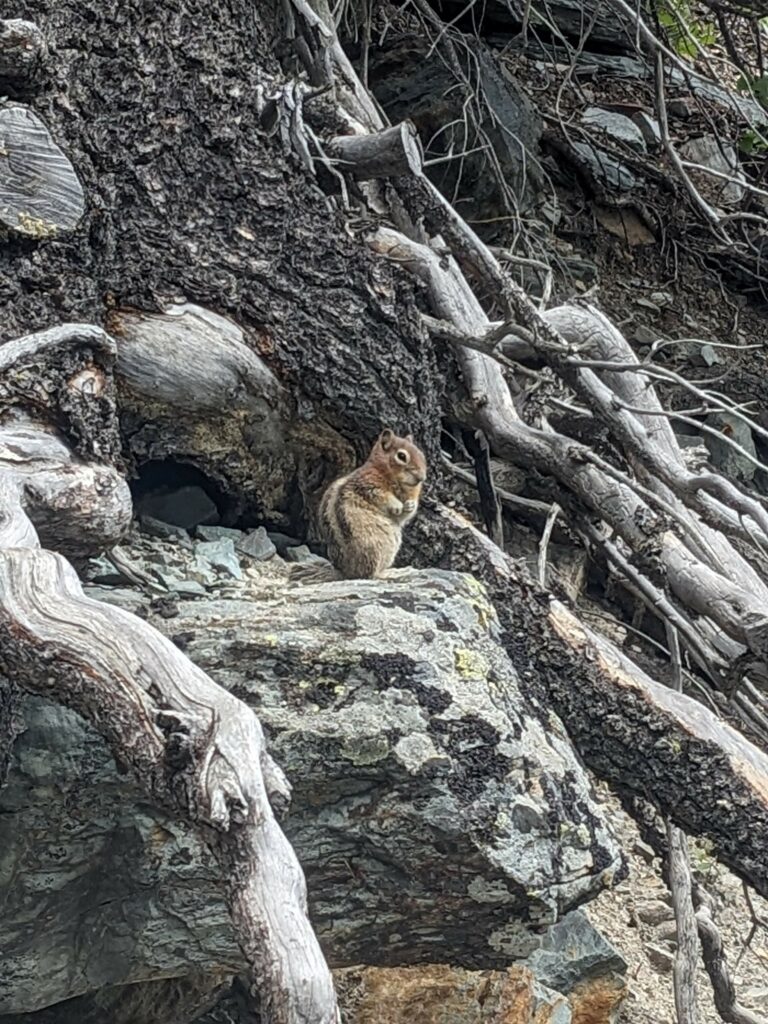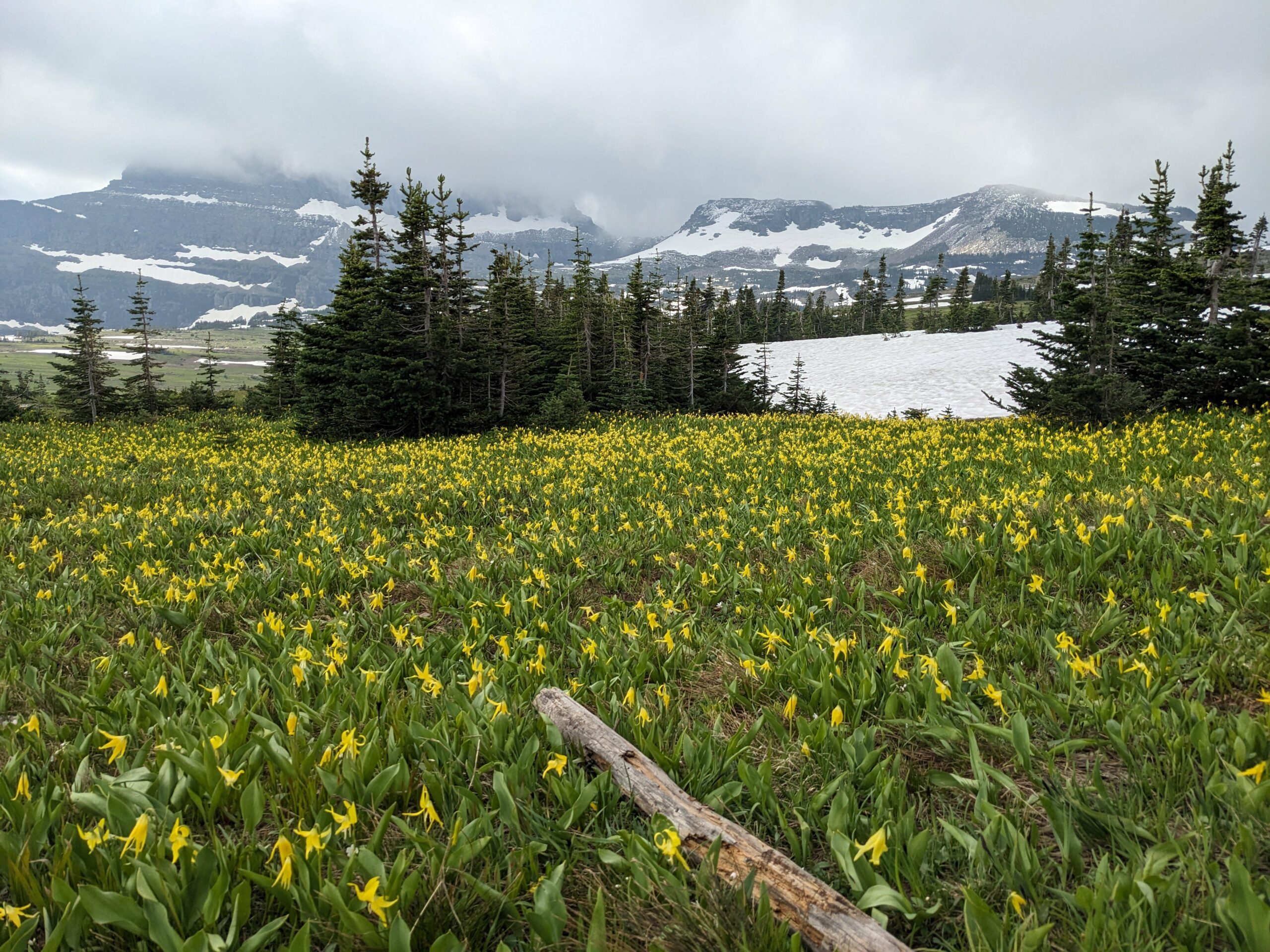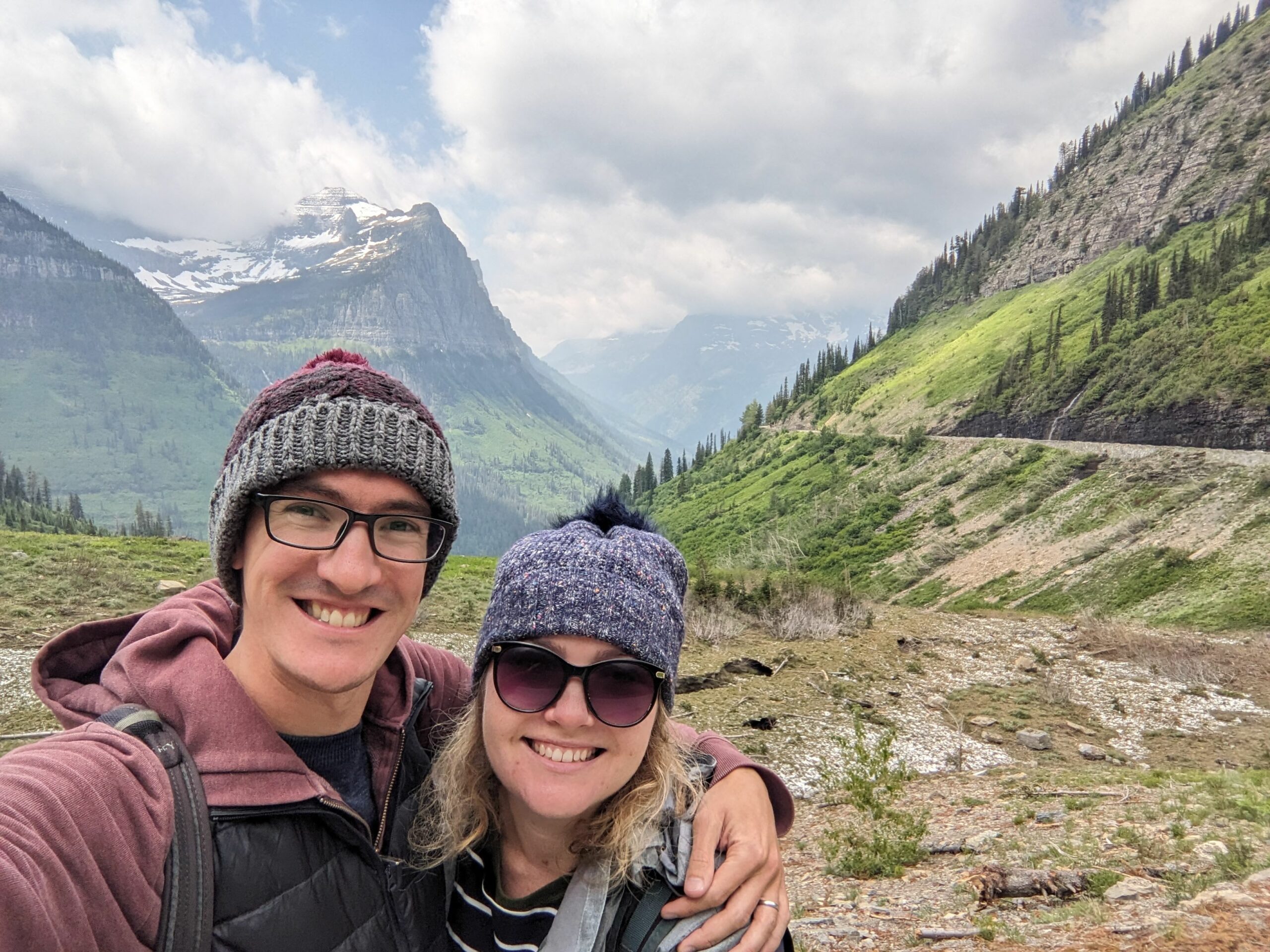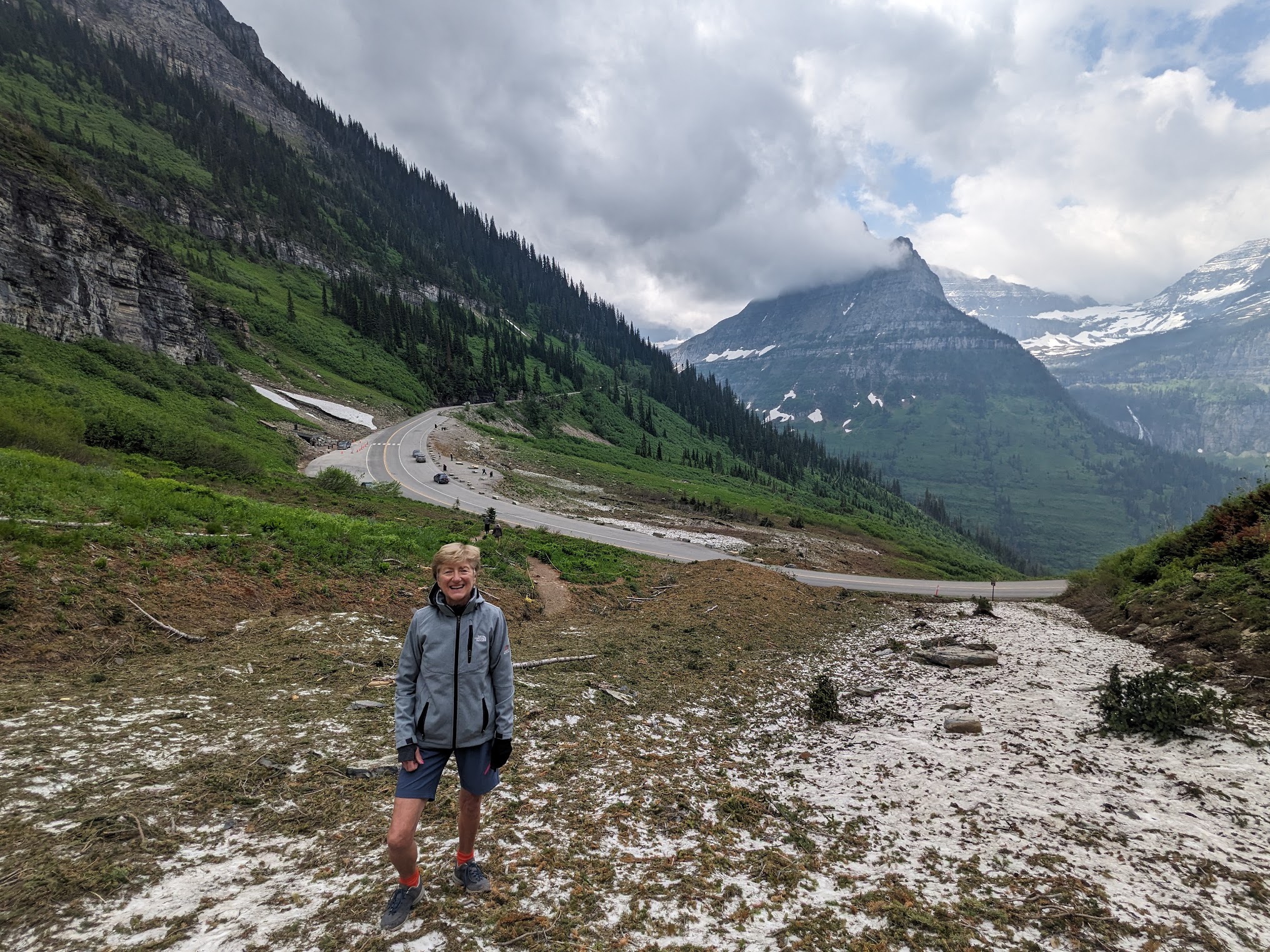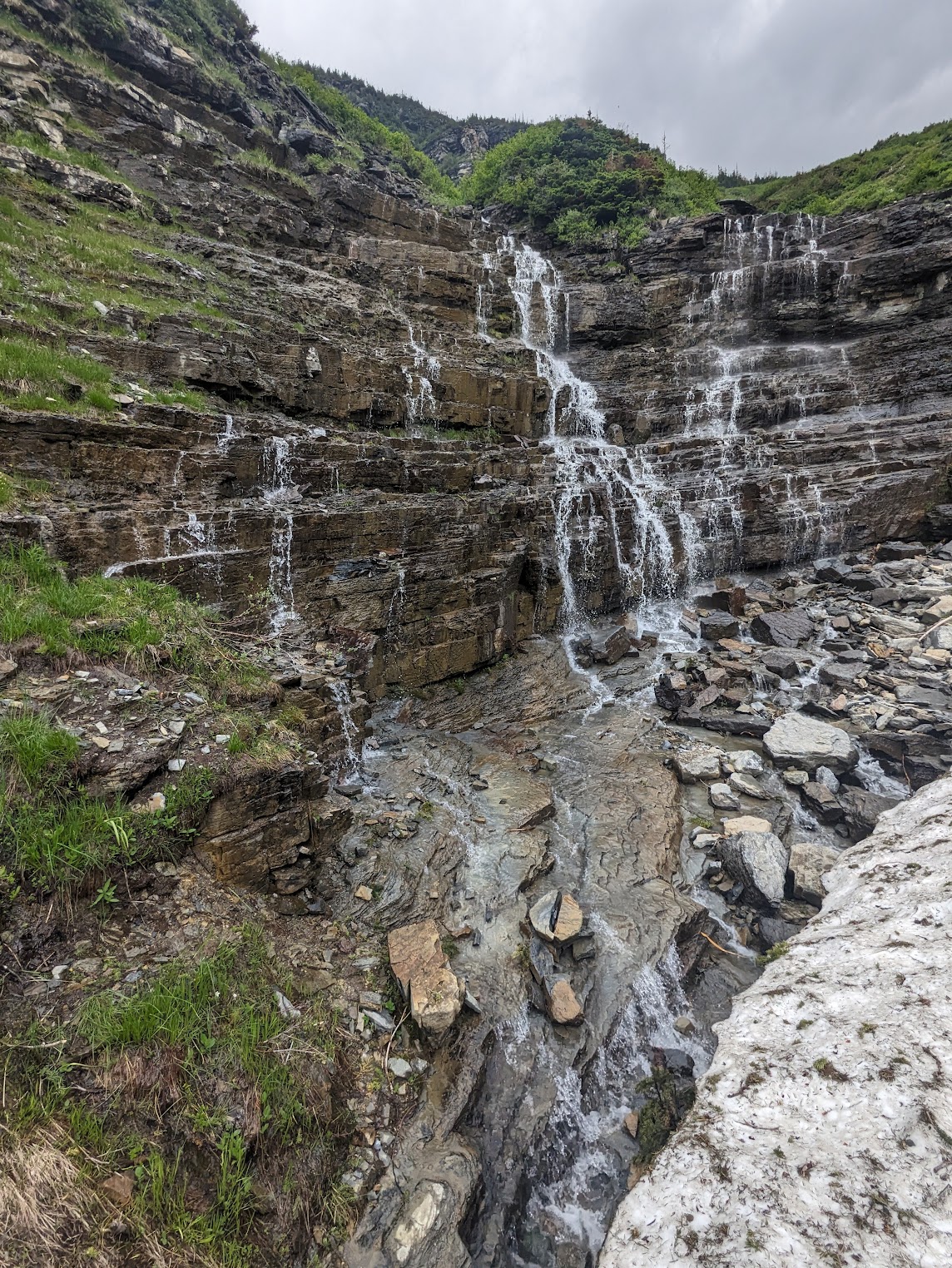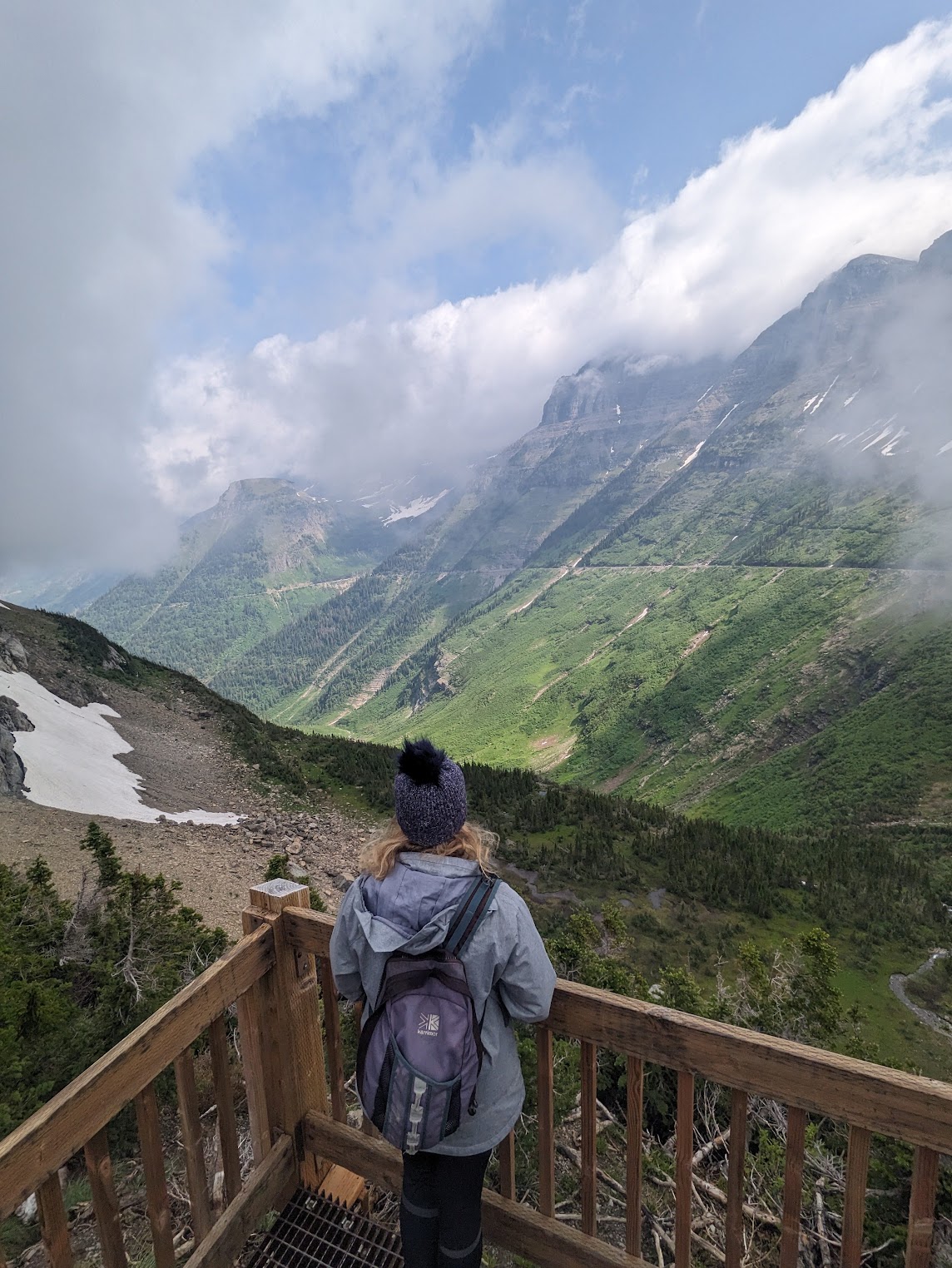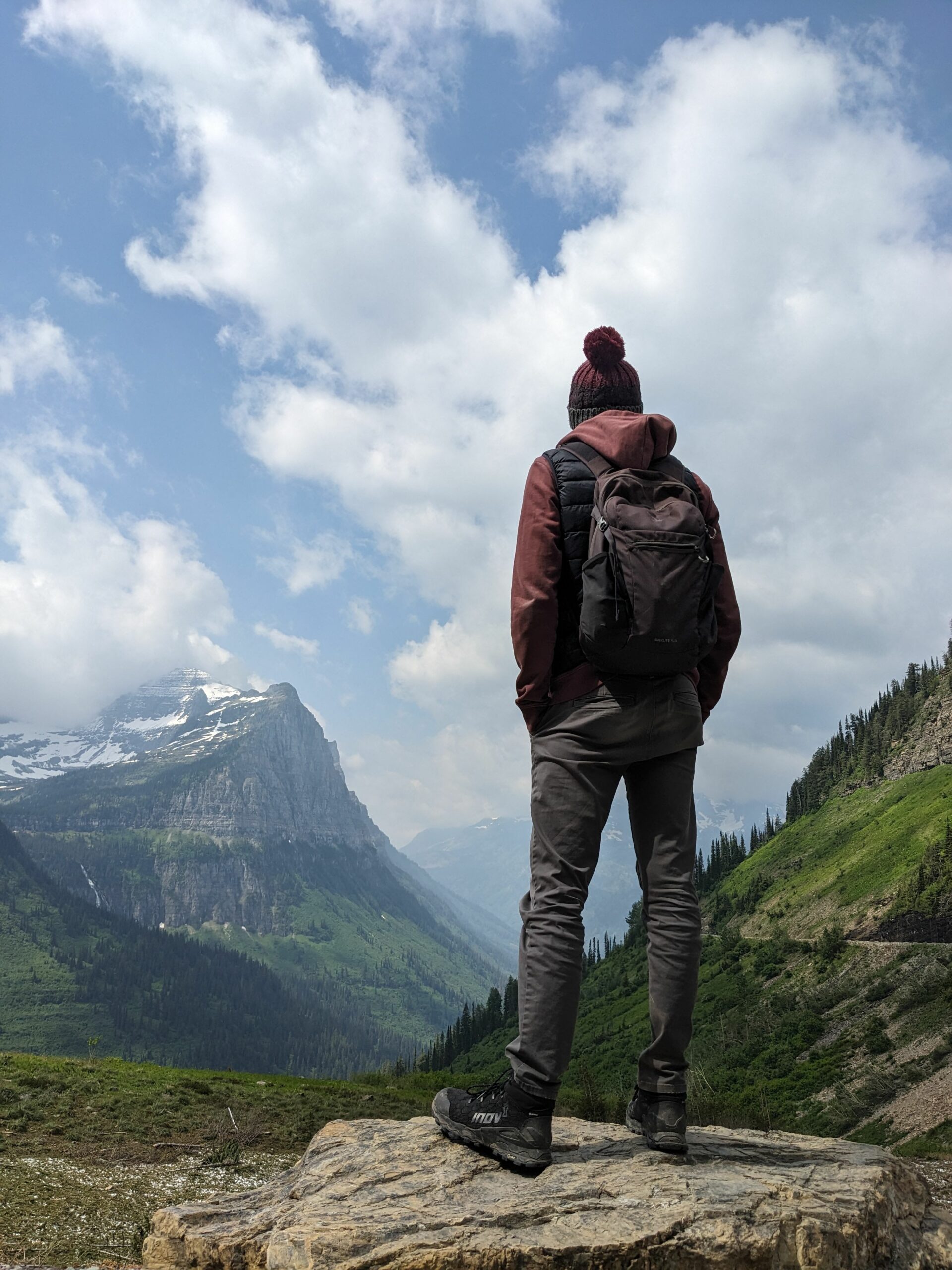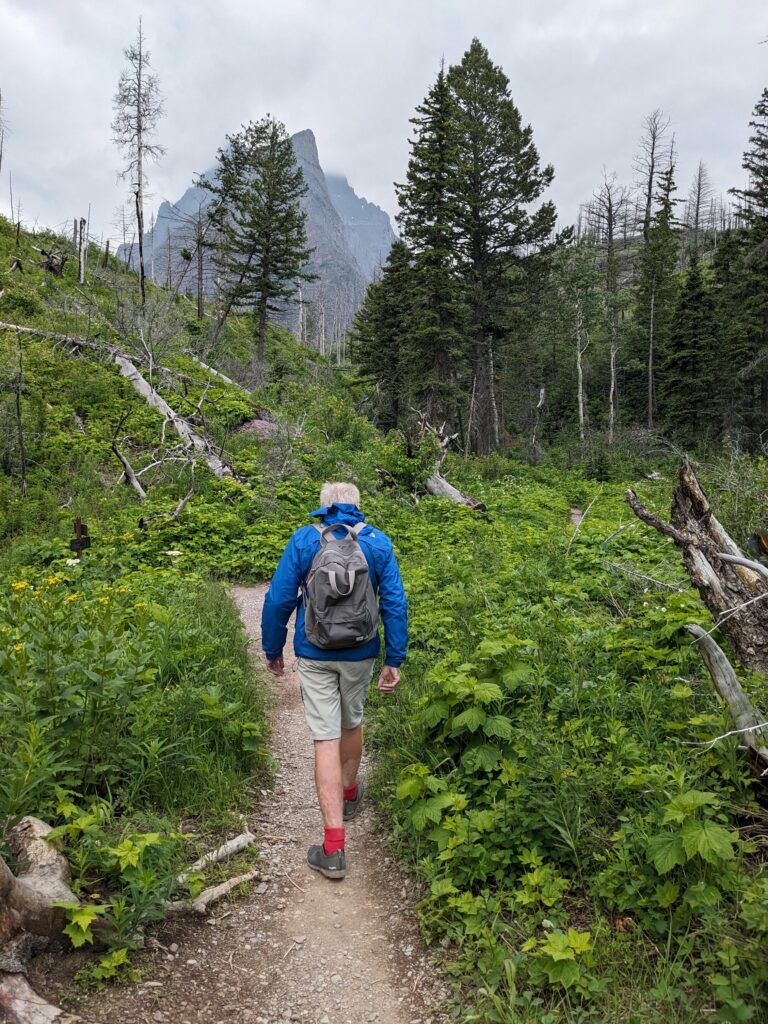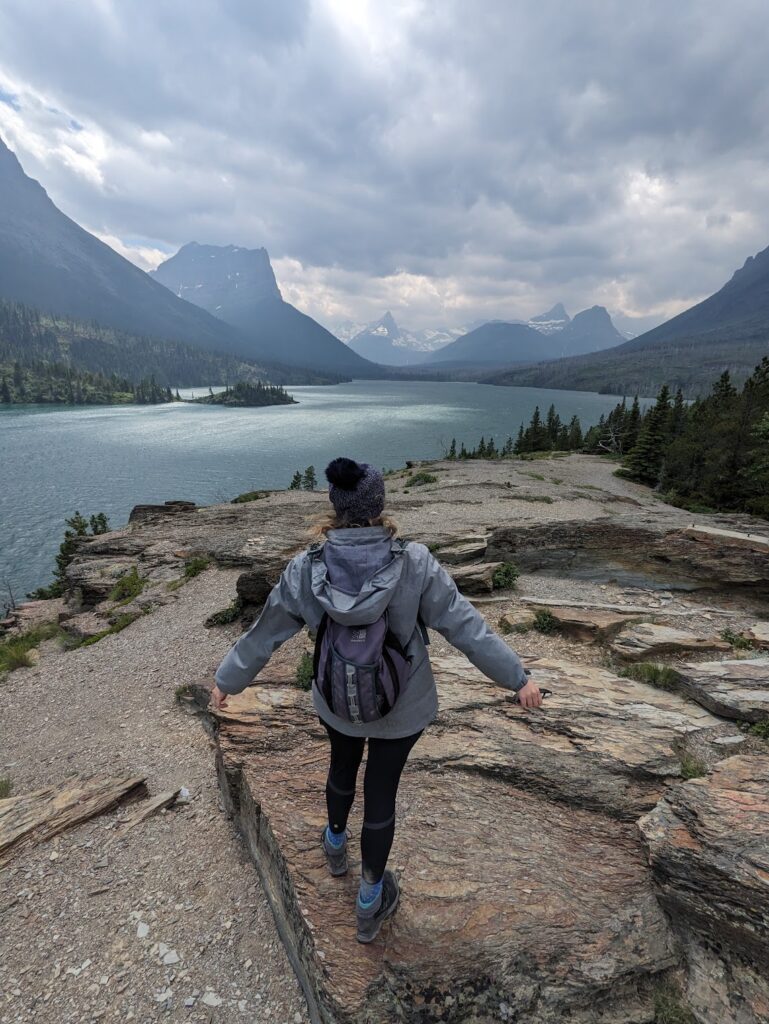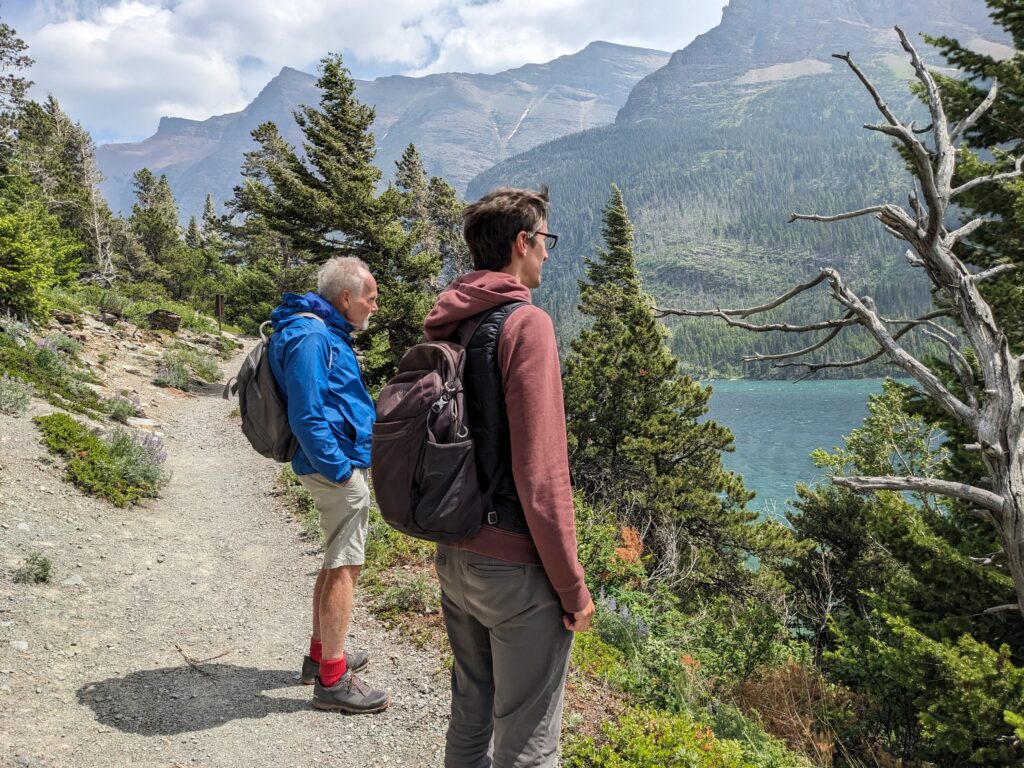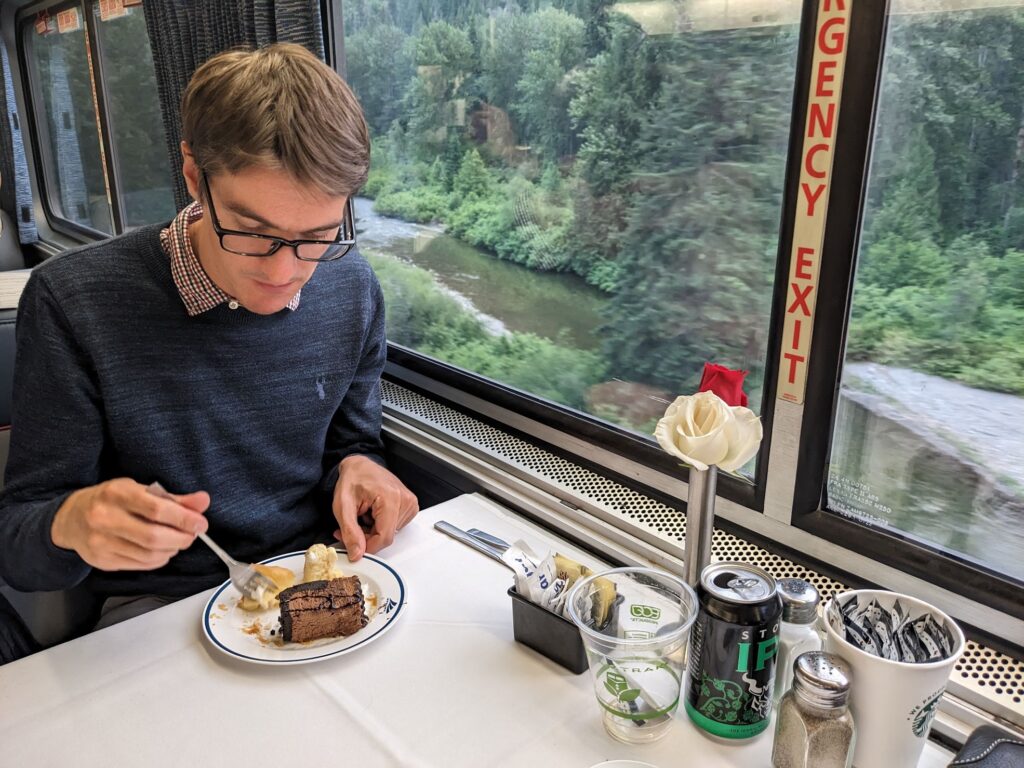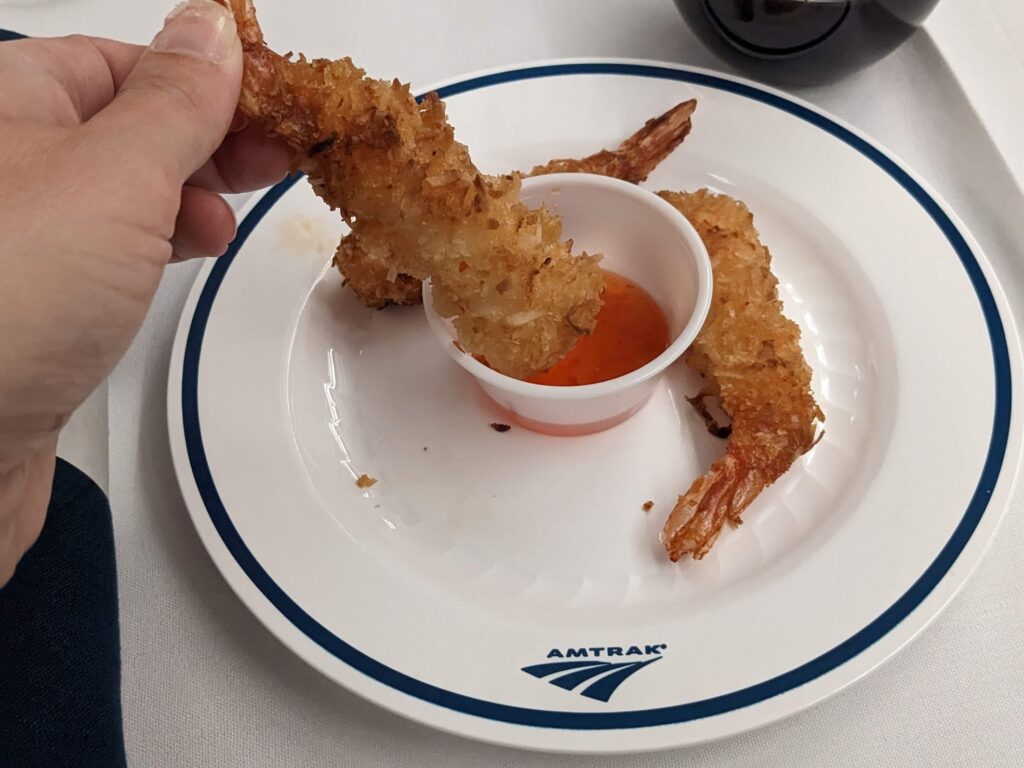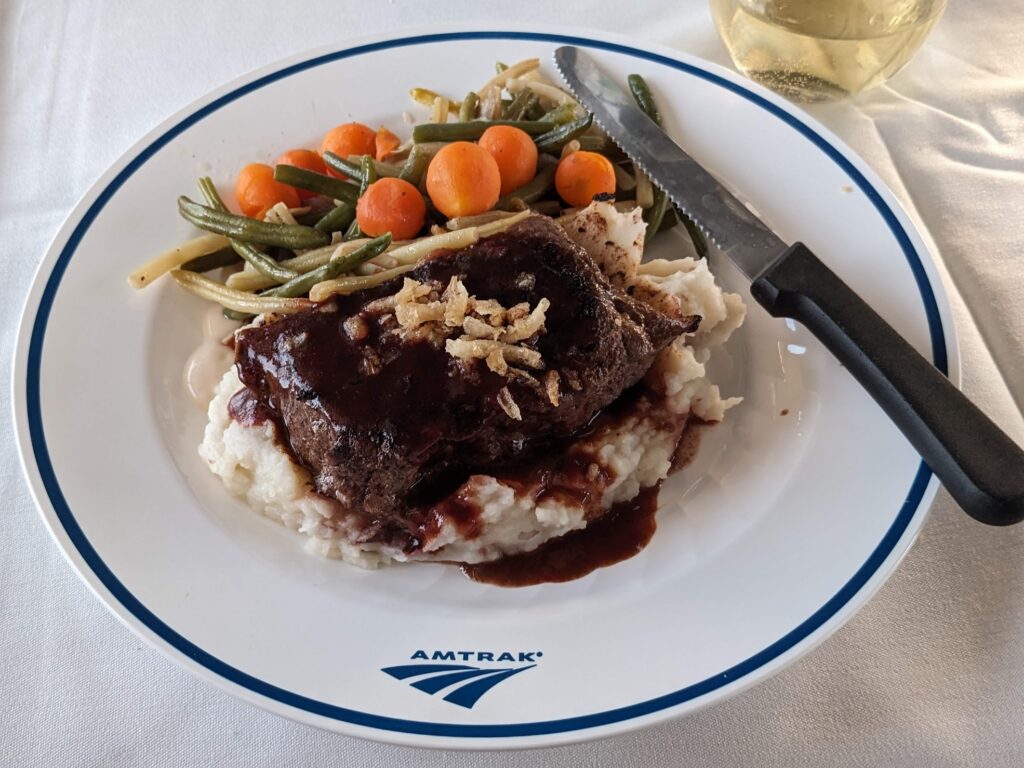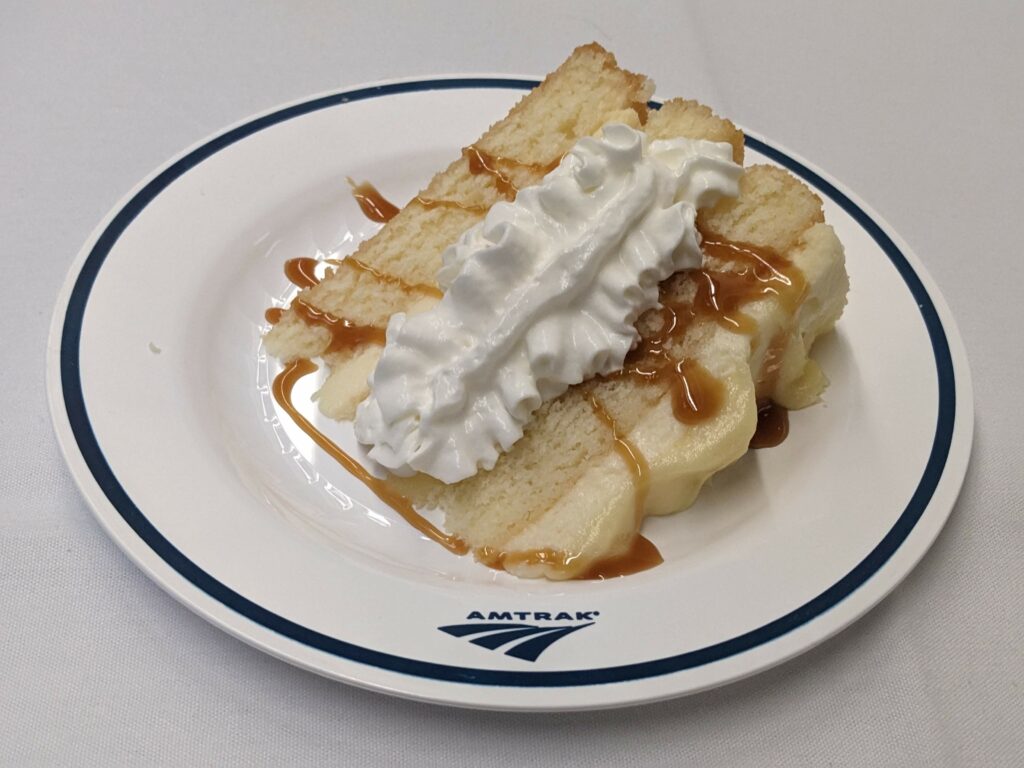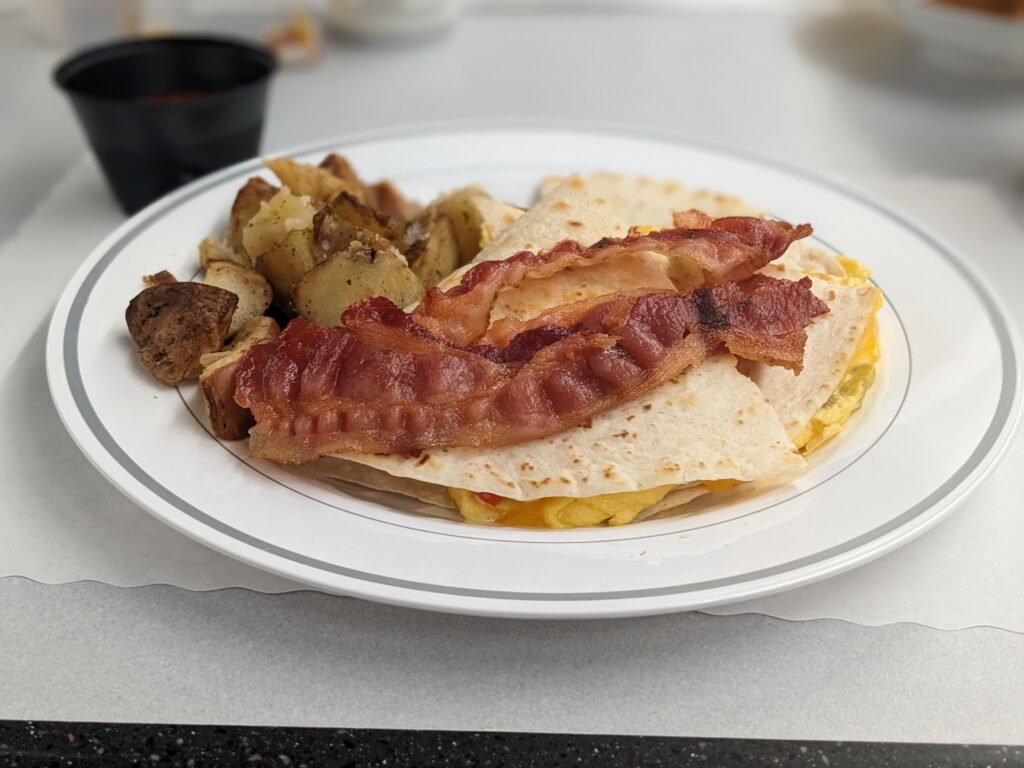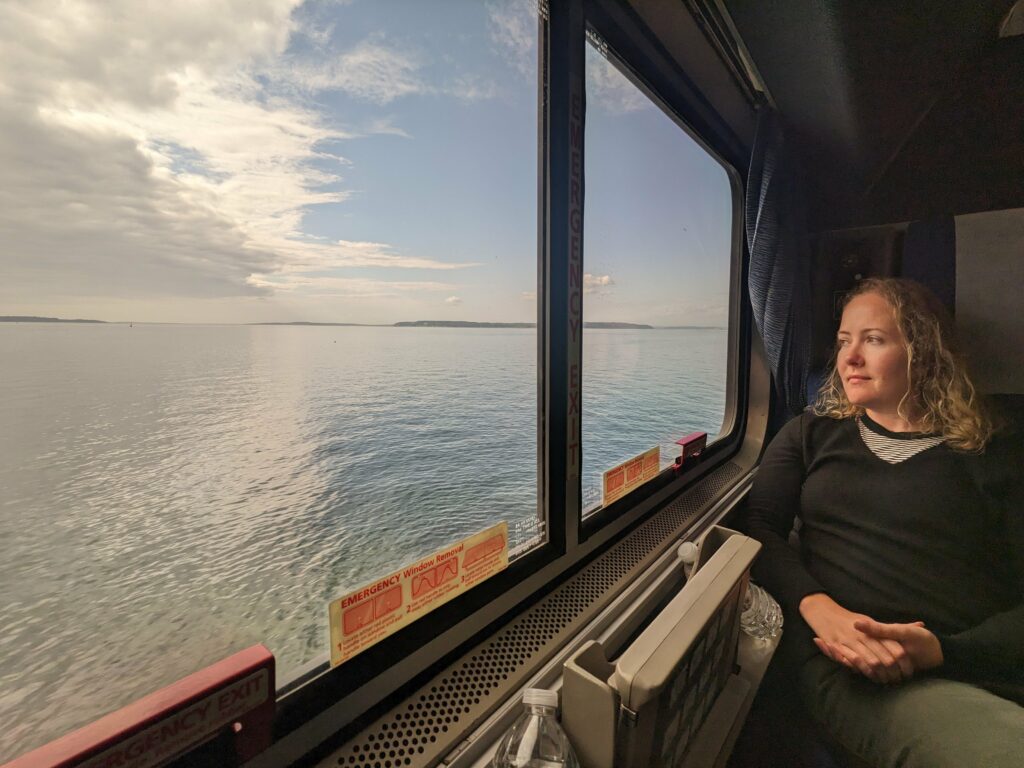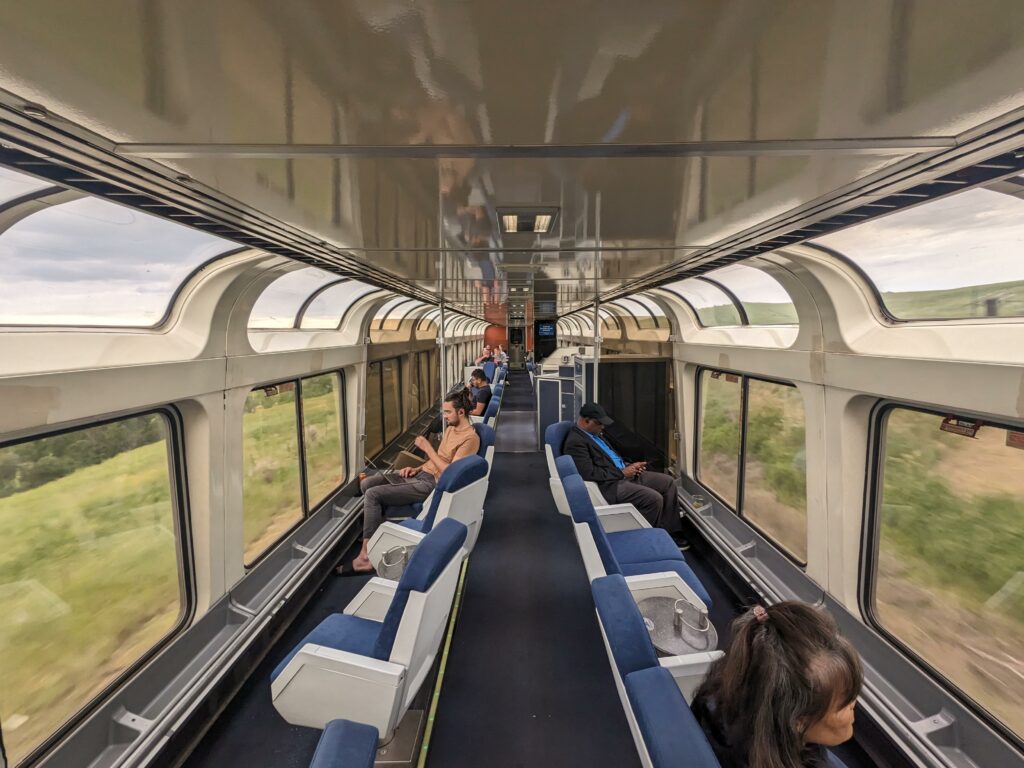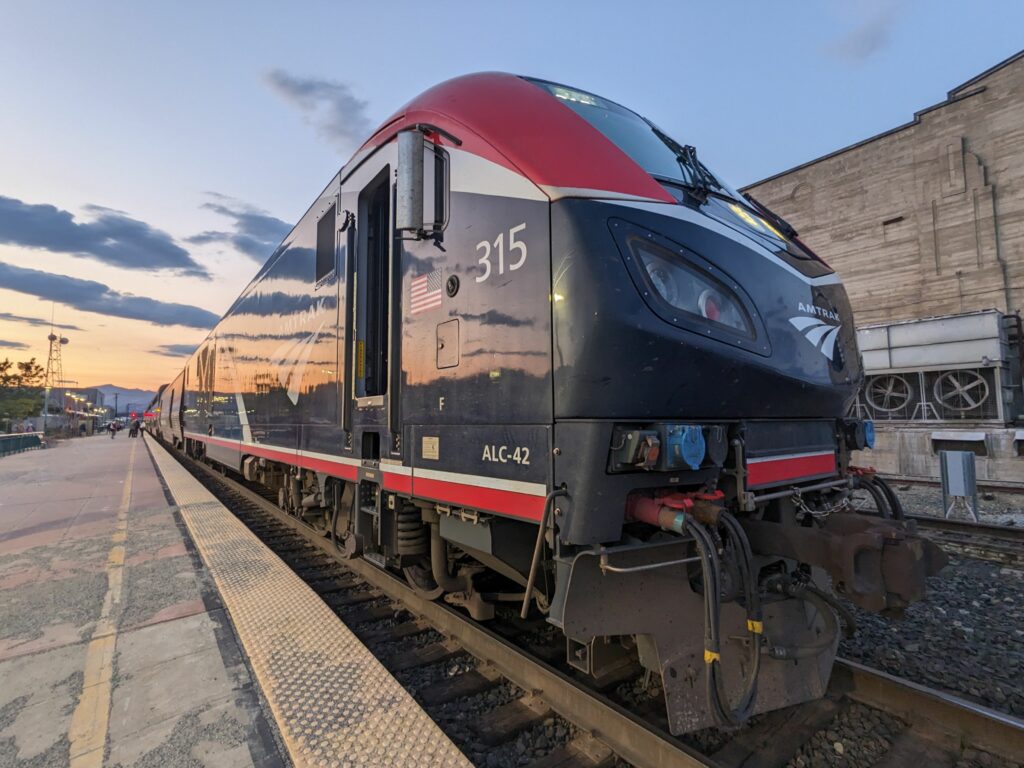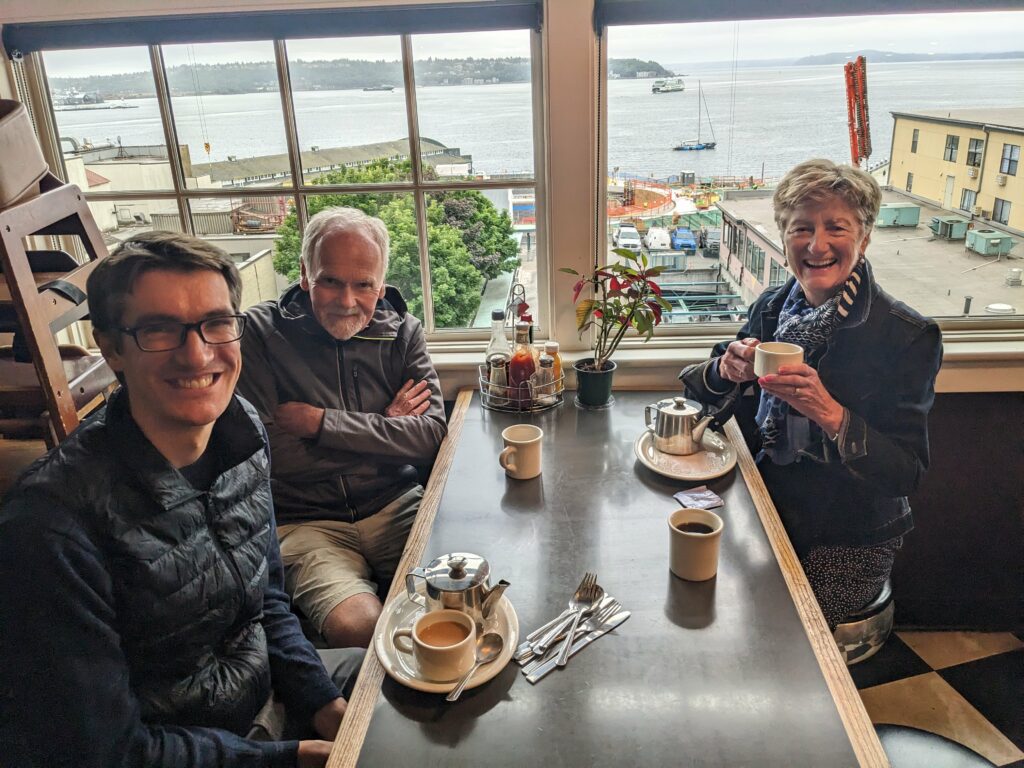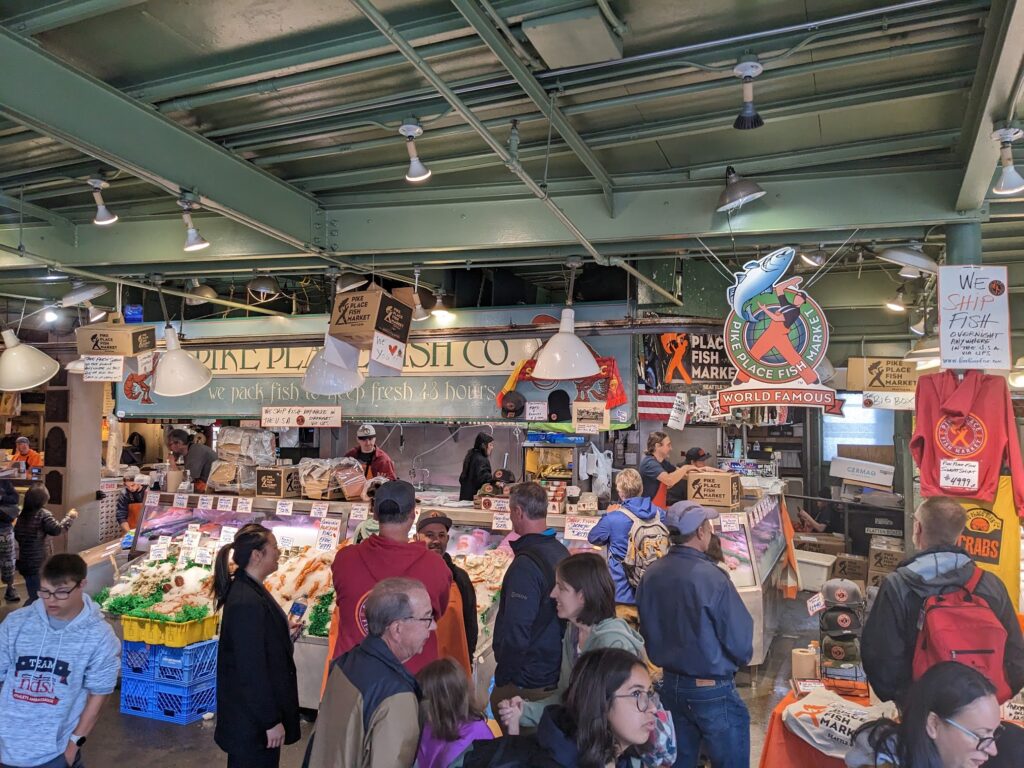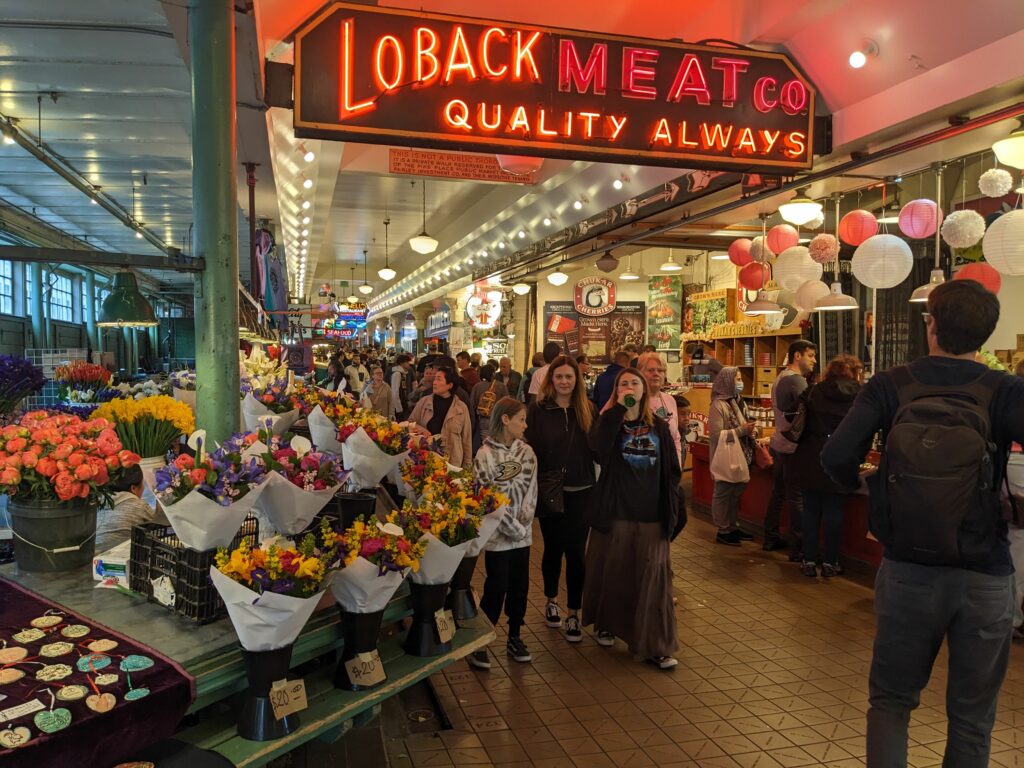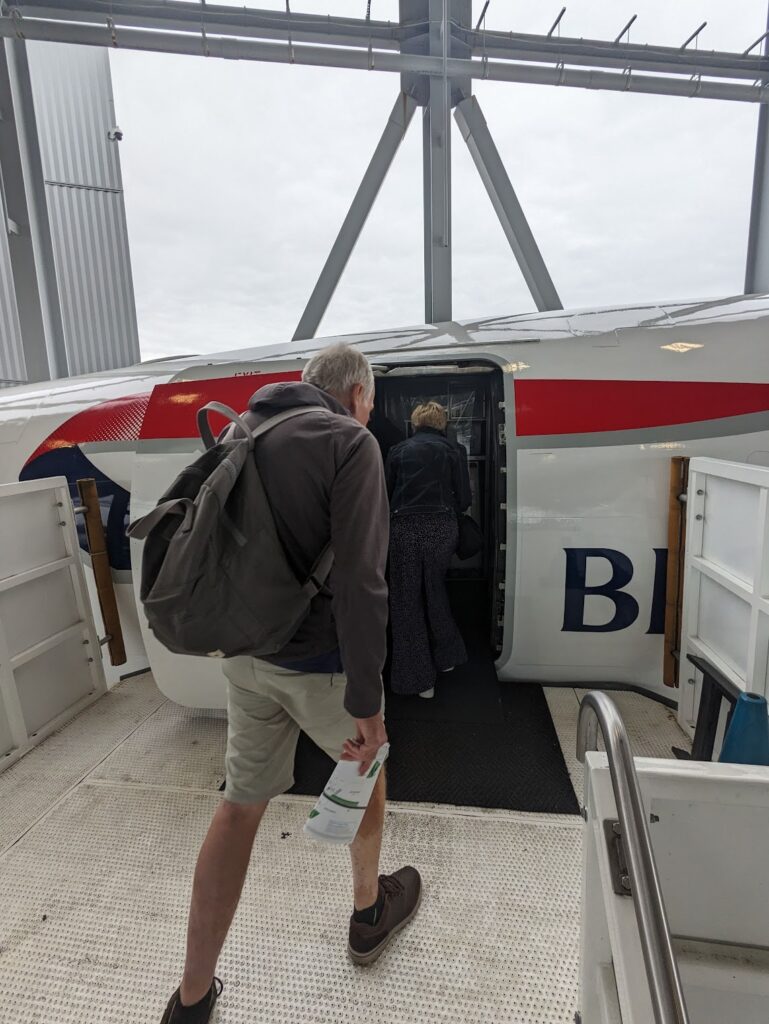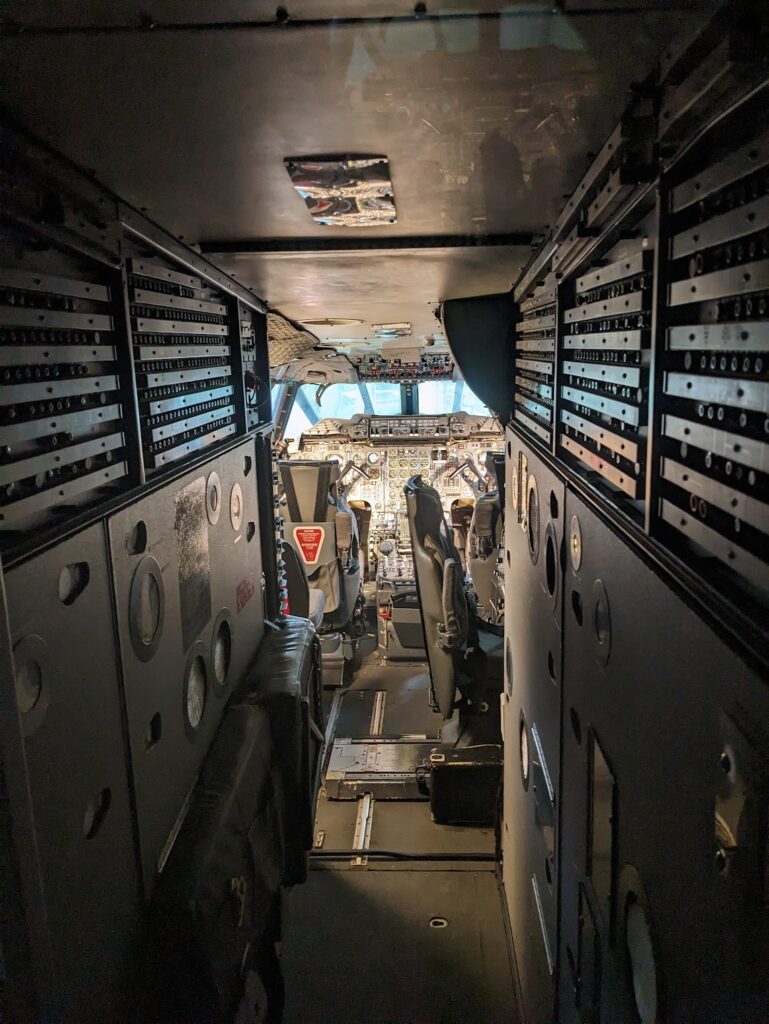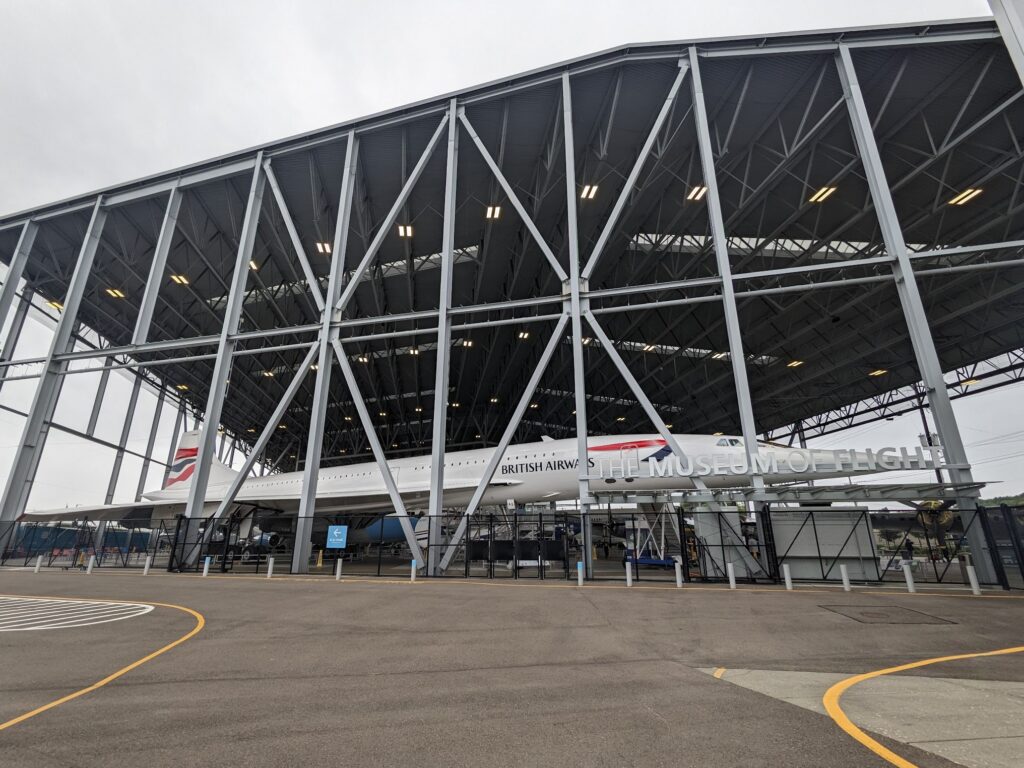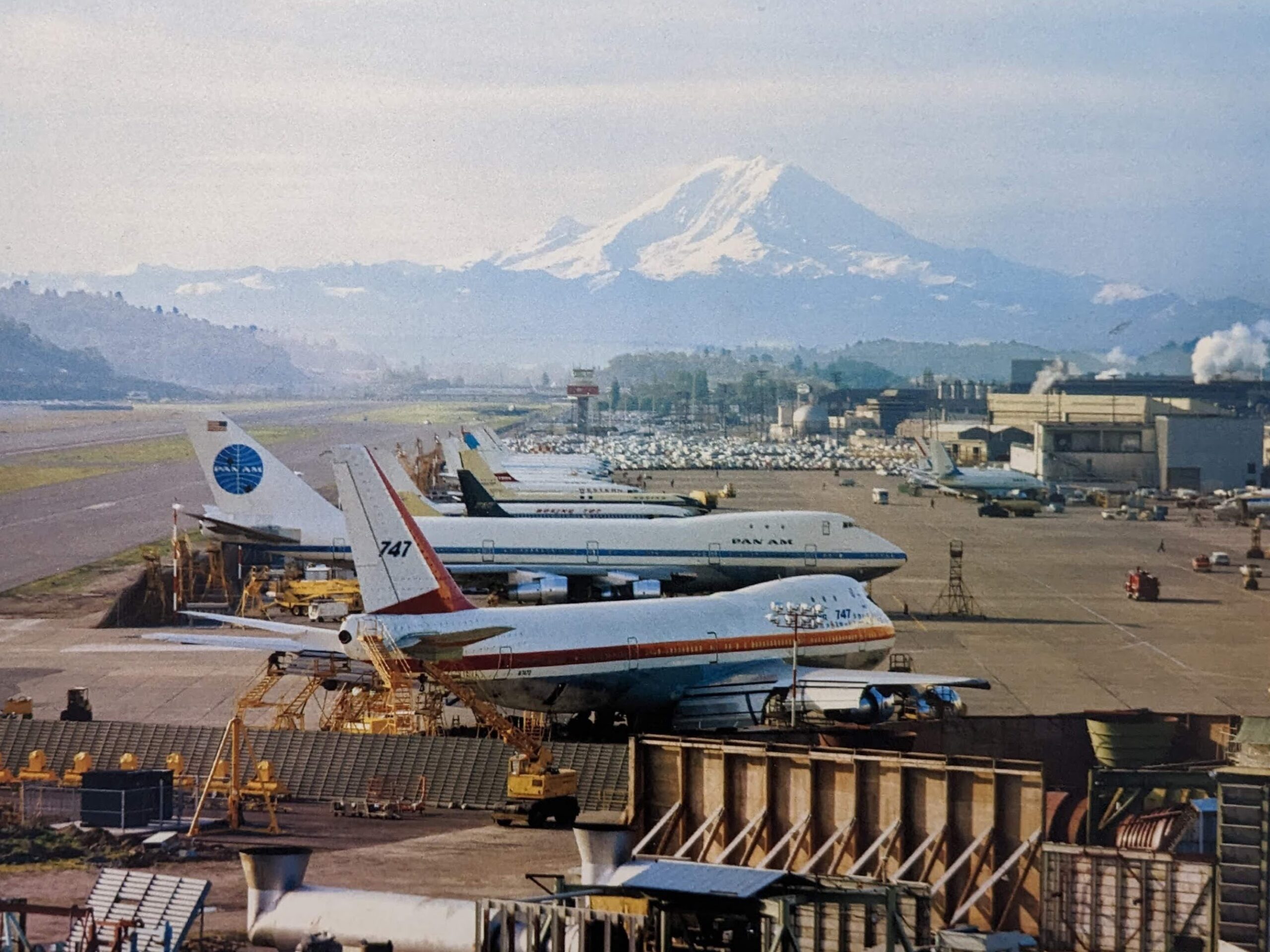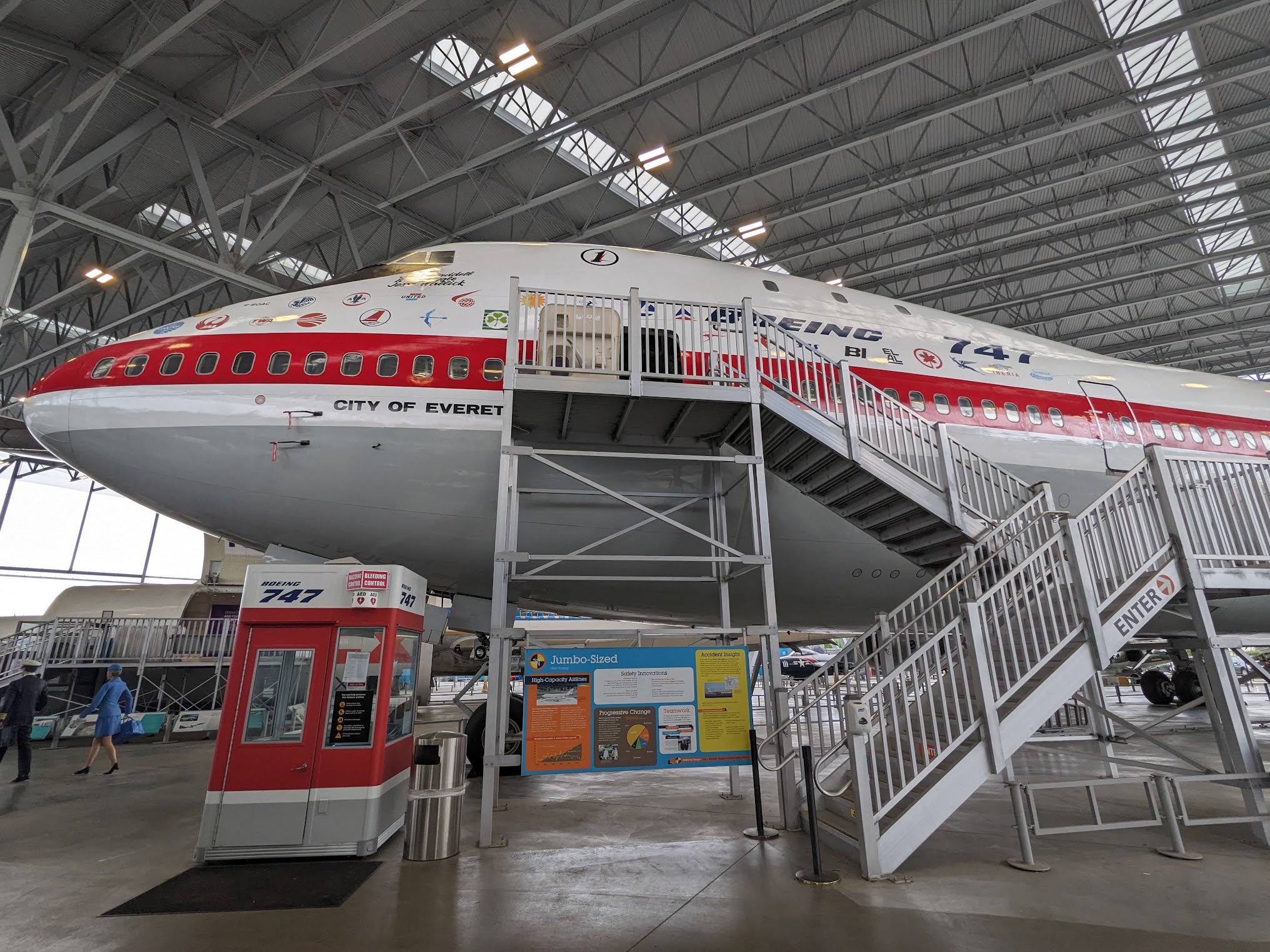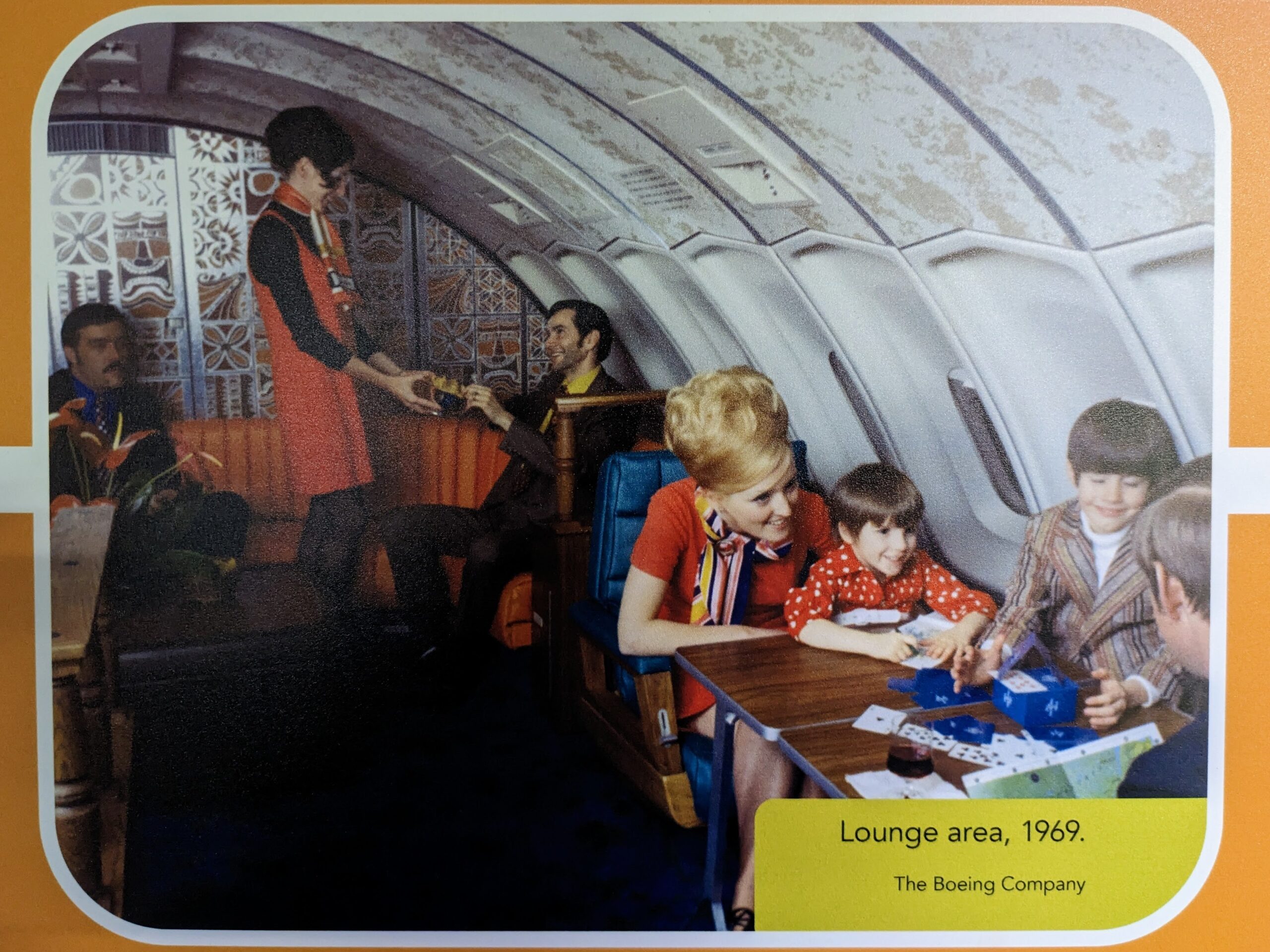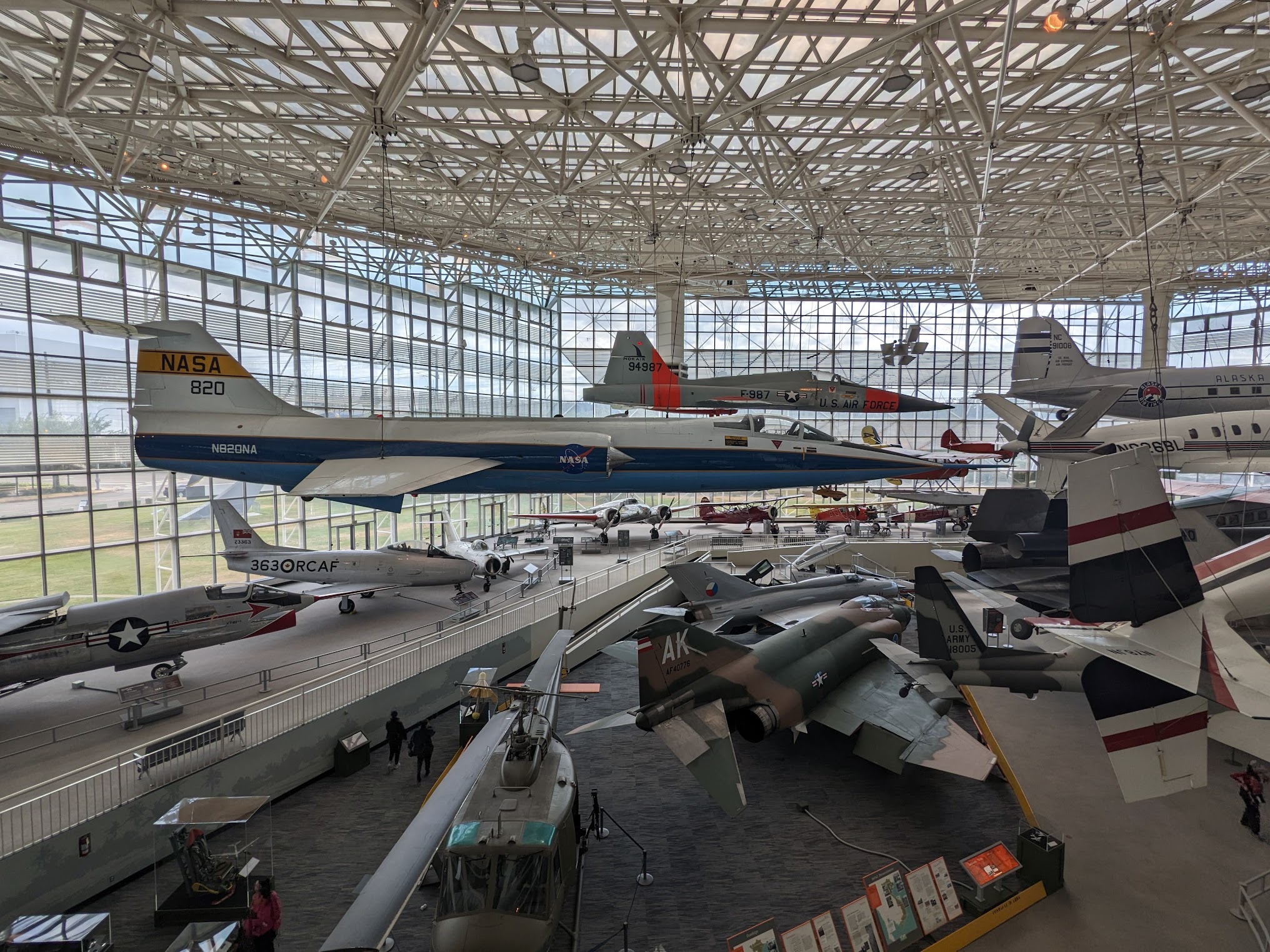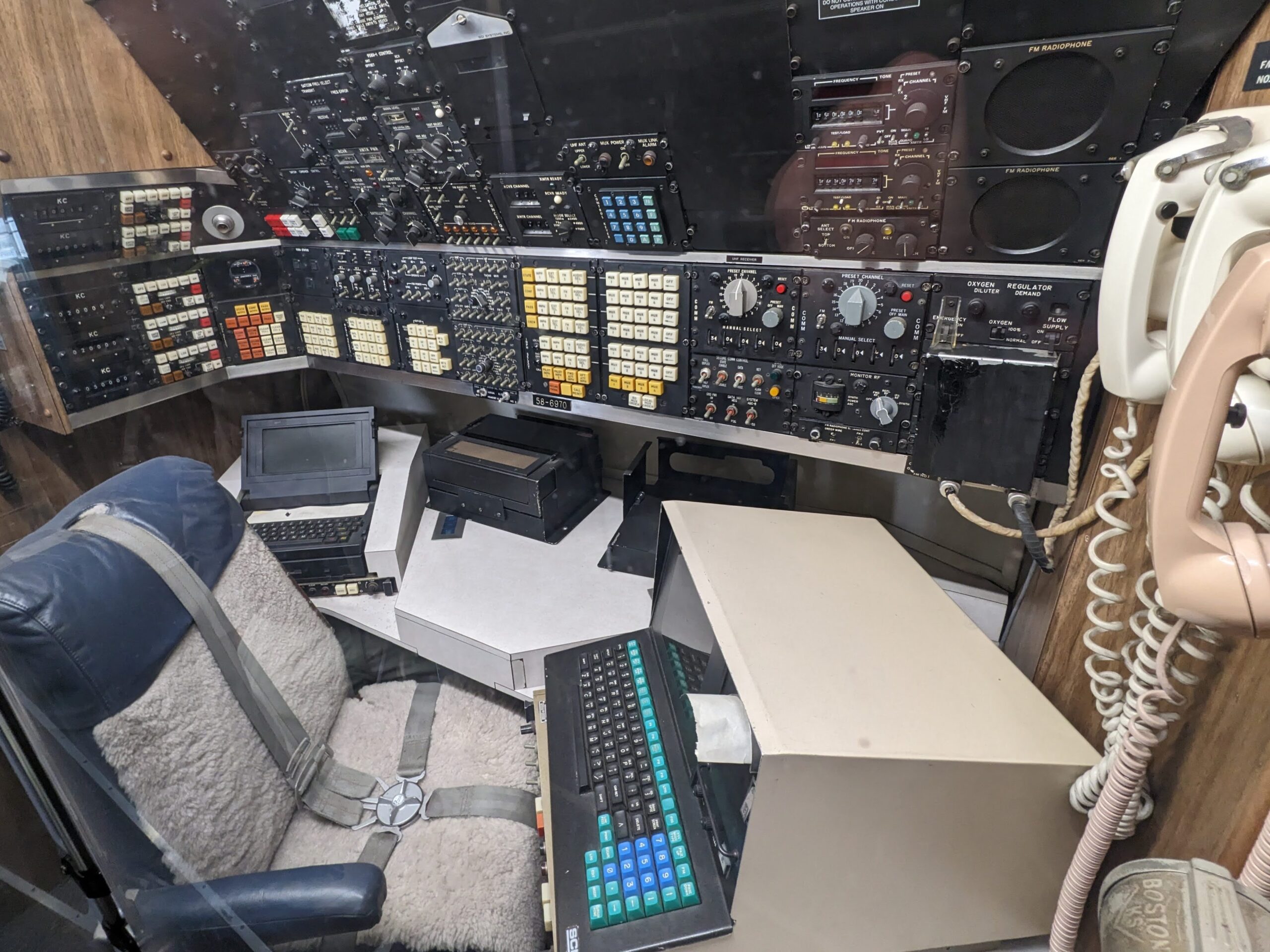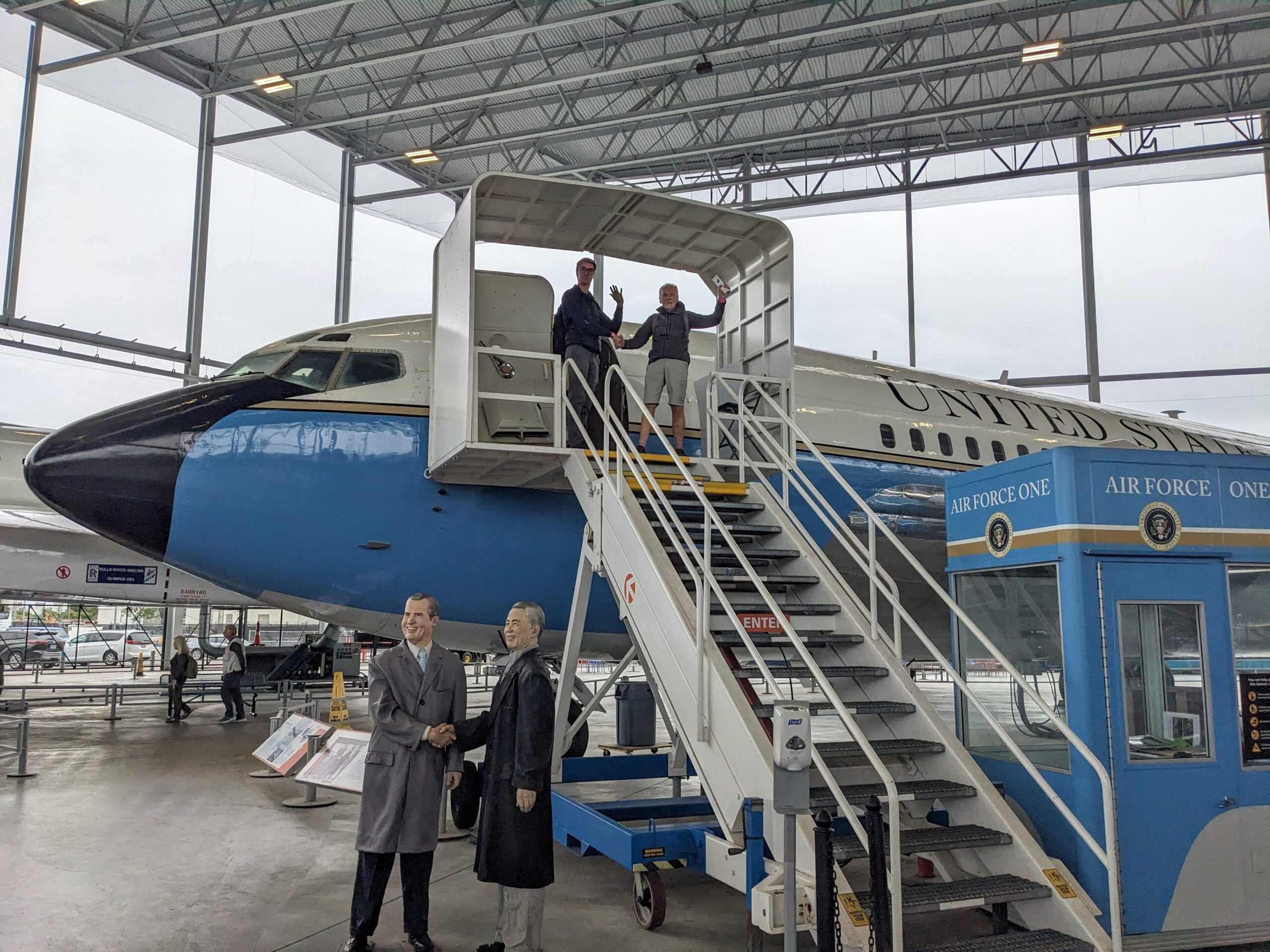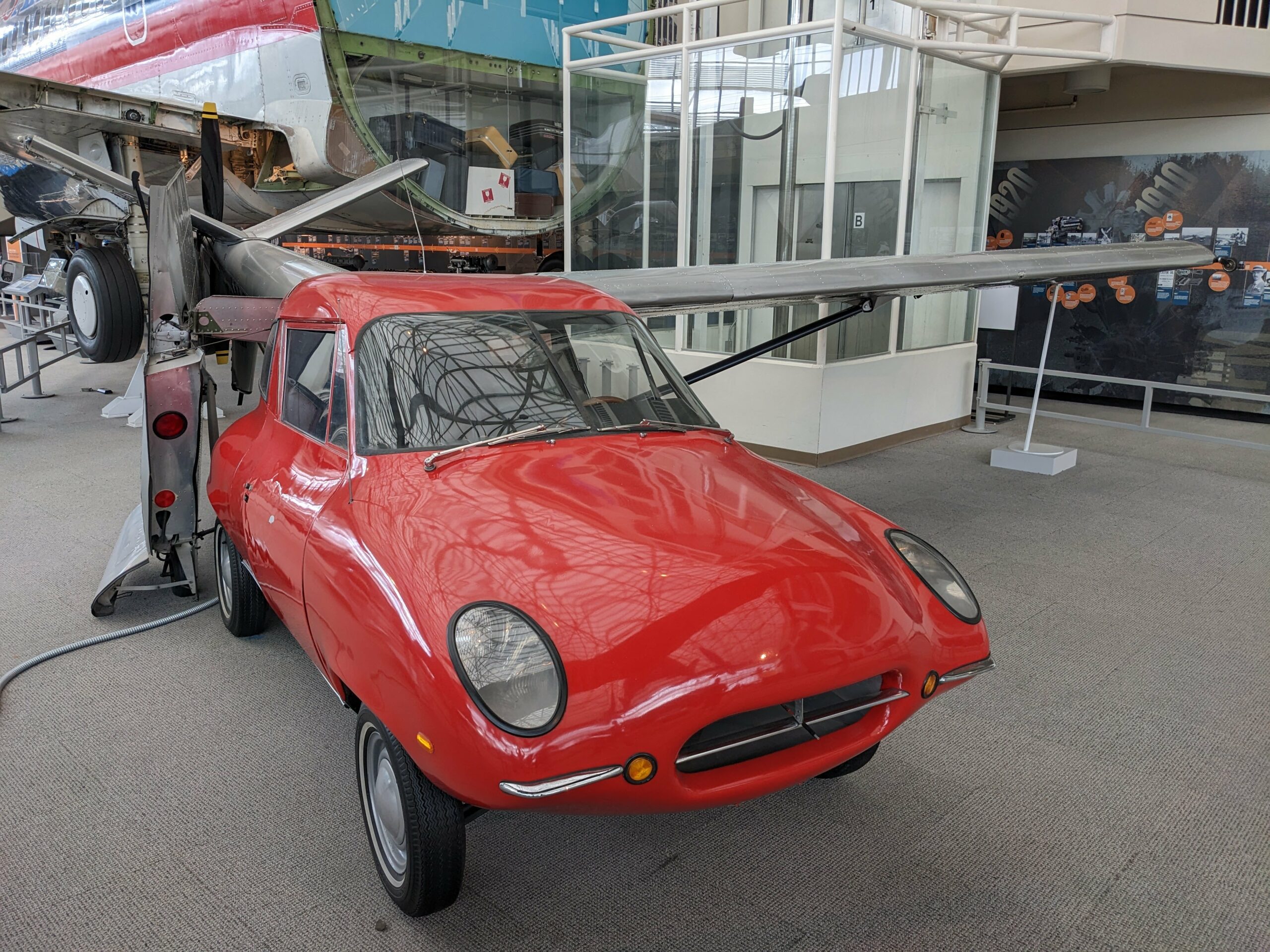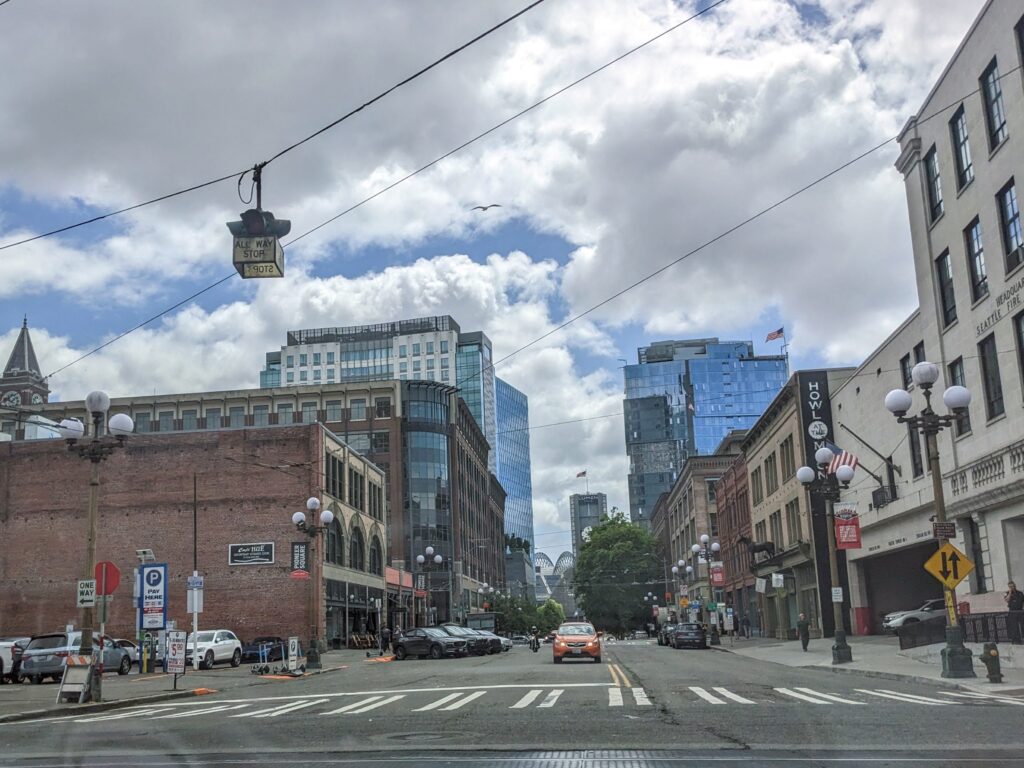“Old Duffer’s got it!”
This was the phrase with which Mr. Duff, proprietor of the oldest Hertz rental site in the United States, greeted us (repeatedly) as he sorted out our rental car for our trip into Glacier National Park, Montana. We’d disembarked our Amtrak train from Seattle at the historic Whitefish Railway Station just a few minutes earlier, bleary eyed from our early start and night on the train.


We were excited to head straight into the park, having secured a coveted vehicle reservation the day before. Even better, we read an update as we headed towards the park that the famed Going to the Sun Road had fully reopened for the summer just a couple of days before! Both of these were incredibly lucky, as without the reservation or the road opening (which was tentatively scheduled for the second half of June – we arrived on 15th), we weren’t exactly sure what we were going to do with our time in this remote corner of Montana…
To get into the park, we had to negotiate 9 miles of extremely rough and potholed unpaved road before picking up the tarmac again. The hire car looked like it had seen some things within about an hour of us collecting it! We made it through without a puncture (surely due to my helpful squeaks and yelps while on pothole watch in the front passenger seat) and headed straight for the hiking trails of Avalanche Lake.
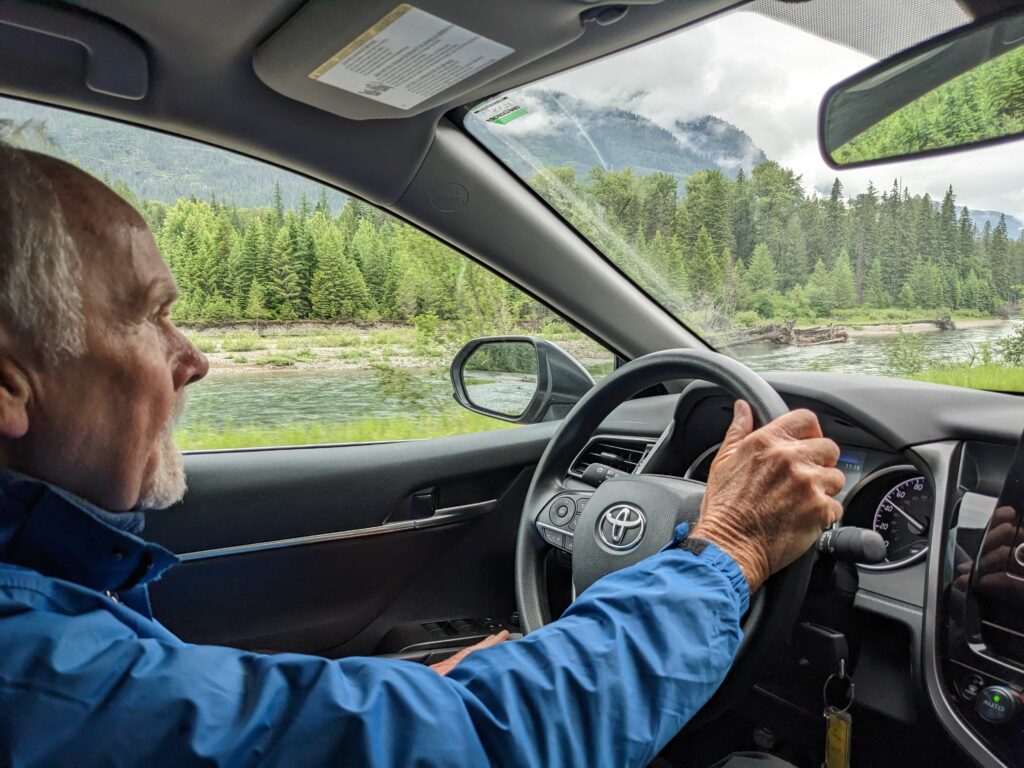
This was bear country, and we’d diligently read lots of advice on what to do if we came across a bear, which depended on which type of bear you were dealing with. One of the major ways to distinguish a Grizzly from a Black bear is by the length of their claws, which didn’t sound hugely promising…

But actually, one of the best ways to avoid an encounter in the first place is by hiking in a group and making plenty of noise while you are at it – chatting, singing and clapping all count. This warns the bears of your presence and gives them time to move away if they’re feeling unsociable. I’m sure our fellow hikers enjoyed our renditions of Teddy Bears’ Picnic! But soon, we ran out of steam singing and wanted to find another way to make noise as we walked. We’d seen a lot of bear bells attached to backpacks when hiking in South Korea and found them pretty funny (South Koreans being noted for being super-prepared in all situations, even though they have so few bears in the wild that conservationists have launched a recovery programme) but all of a sudden we wished we had one after all. So Oli fashioned himself a ‘bell’ out of his camping cutlery and a pair of Air New Zealand headphones. Early tests revealed that it did require quite a jaunty walk to jingle at all, but thankfully Oli was happy to oblige.

In the end, we didn’t see any bears on our way to the lake (which was probably for the best, although I was desperate for a sighting from a safe distance), but we did see plenty of other wildlife, including deer, chipmunks, foxes, and a family of ducklings toddling down to the lake for their daily swim. The lake was beautiful too, surrounded by snowcapped mountains and waterfalls of glacial meltwater descending into turquoise waters.
The remainder of the Going to the Sun Road didn’t disappoint, either. When we were planning this part of the trip, we found it hard to believe that it was scheduled to reopen by 1st July, being snowbound before this time. So much snow that a road is impassible in June?! It was pretty hard to imagine, especially as we could see that the temperatures in Hungry Horse, MT (where we stayed) were reaching 30 degrees, but there was indeed still plenty of snow around as we drove along the highest part of the route. We were just so lucky that the road reopened fully just as we arrived – our bet paid off!
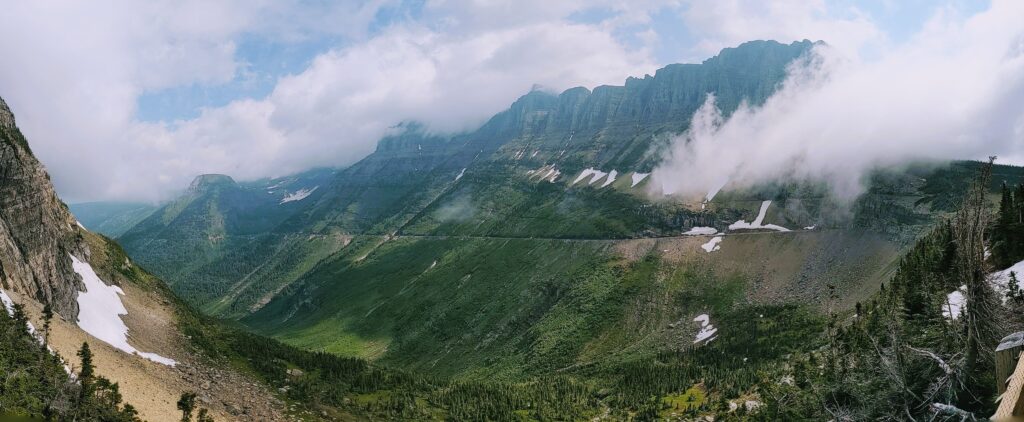
We made lots of stops as we headed along the 50-mile route, which wound through dramatic mountain scenery. Tourguide Oli even found us a ranger-led audioguide, which gave us some interesting snippets about points along the route and urged us to appreciate the engineering masterpiece that was the construction of the road in 1932.
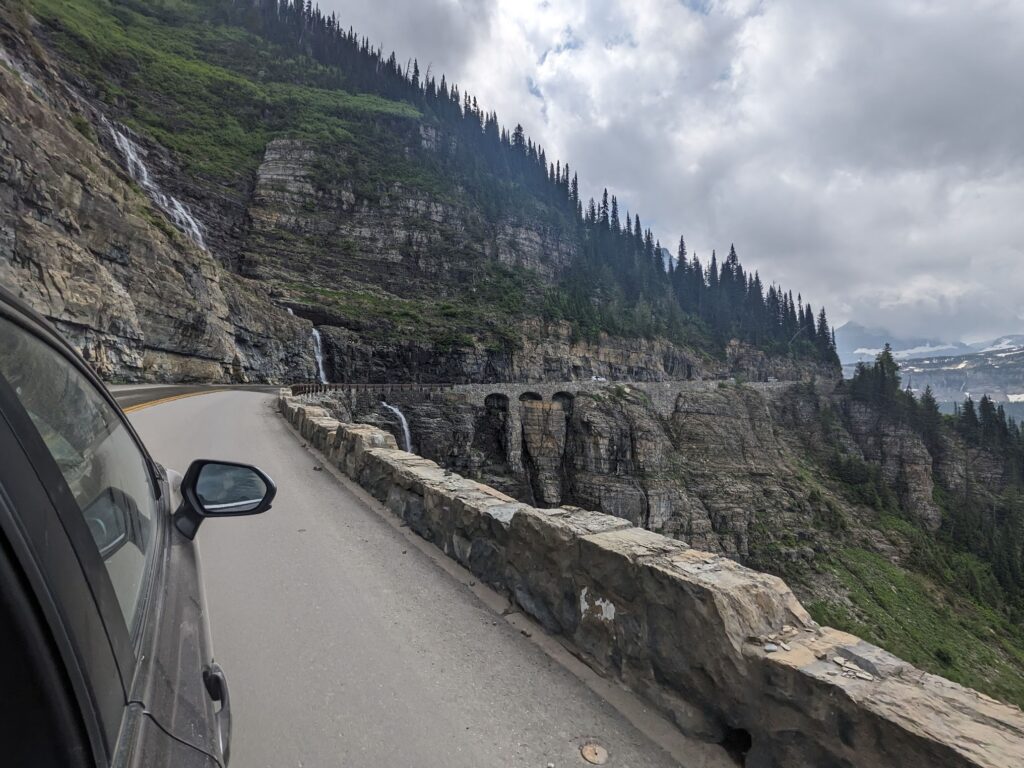
At first I thought this was a bit tiresome, but actually it really was quite a feat of engineering, particularly for a road whose primary purpose wasn’t so much to actually take you somewhere, but more to go through somewhere beautiful with minimum disruption to the landscape. It must be a difficult balance to strike between preserving the wilderness and making it accessible for people to enjoy (two aims of the National Park Service), but they’d obviously put lots of thought into it here. If only the audioguide didn’t have such maddening introductory music that started without warning every single time we hopped back in the car after a stop, prompting Oli to yell, “Will you shut up, man!”
We had a strong second day of wildlife spotting (still no bears, though 🐻). First, we saw a group of bighorn sheep chilling out in a gorgeous meadow, and we heard from a ranger that they only turn up every couple of weeks, so we were very lucky to see them.
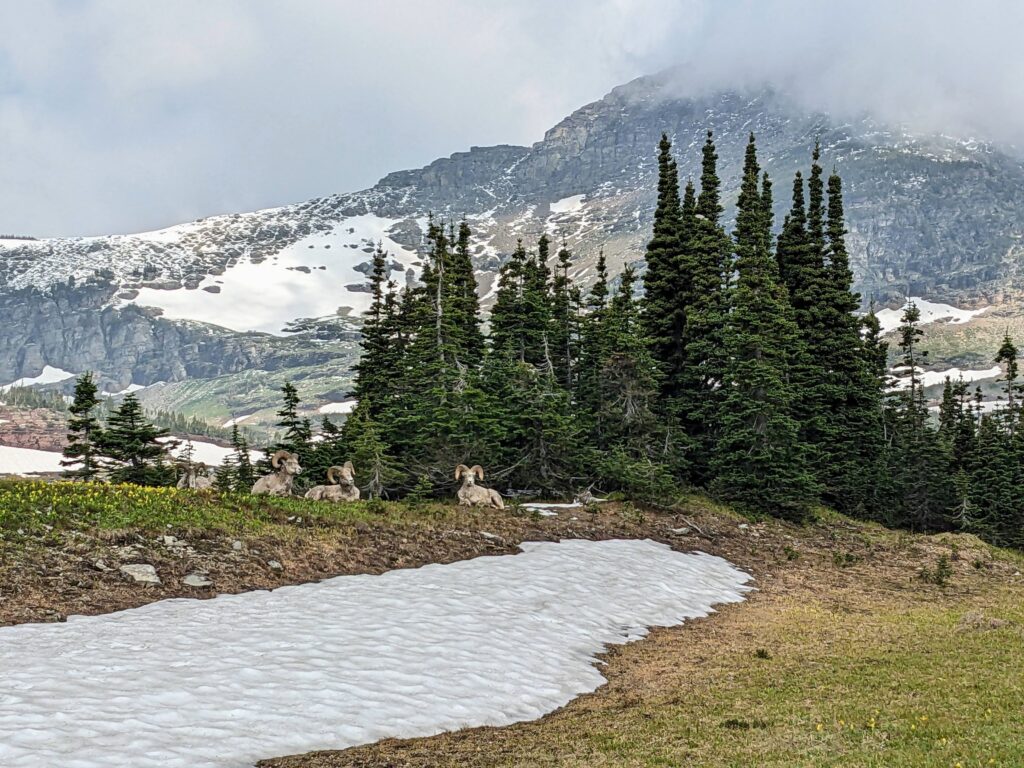
There was also a bit of a commotion in one of the pull-offs, with people frantically photographing some hoary marmots, who were parading around on the rocky mountain ledges above the road and showing off their athletic prowess. We were excited to see them (although we didn’t let anyone overhear us that we didn’t know what they were – we suspected marmots but we had to check later!), but even more so when one turned up within an arm’s reach at a viewpoint. Sadly I suspected that they wouldn’t enjoy a cuddle with me as much as I would with them 😔.
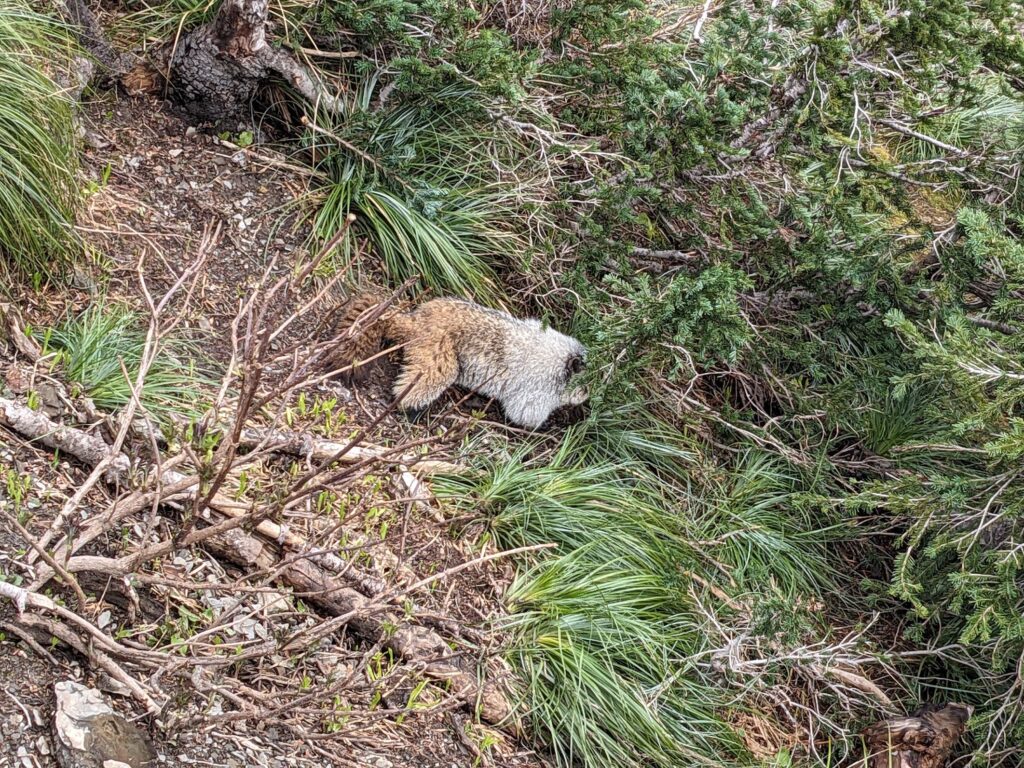
One of our favourite stops was at Saint Mary Lake, where we followed a short hiking trail along the lake shore to a waterfall and then back to Sun Point, the site of one of the park’s first chalets.
The chalets were long since dismantled, but had been built in 1911 by the Great Northern Railway company to serve early intrepid visitors to the park, who would explore by boat or on horseback. As part of their advertising campaign to encourage would-be visitors to ‘See America First’ (rather than going to Europe), the railway company referred to Glacier National Park as America’s Switzerland, and to maintain the theme, waitresses at the chalet wore Swiss-inspired uniforms. To be fair, this was less of a stretch than Dilijan, which was marketed as the Switzerland of Armenia…


Outside of the park, we explored some of the area’s other attractions, which ranged from the weird to the wonderful and the delicious.
The weird
I asked Dad to pull into the Ten Commandments Park at very short notice, so we screeched in on two wheels – probably not quite what those who built it had in mind. Anyway, I’m not even quite sure how to describe it because none of us really understood what it was! So here, have a video of a drive-thru billboard park of religious messages…

Only in America.
The wonderful
The town of Whitefish surprised us. While some of the other small towns in the area felt very ‘wild west’ (not a bad thing!), Whitefish was quite different, crammed full of craft beer places and appealing shops. In fact, I read afterwards (a recent habit being that I read the guidebook only after we’ve left somewhere – just in time!) that the Lonely Planet described it as “suspiciously refined”.

We enjoyed a wander around the town, drank some craft beer (obviously) and poked our heads into the railway station museum, which was run by volunteers from the local historical society. This had a little bit of everything, from an exhibit on the logging industry, to a local woman’s wedding dress from the 1940s, to photographs of Whitefish ski area’s opening season, also in the 1940s. We captured this extremely convincing photo of Dad in his full skiing regalia…
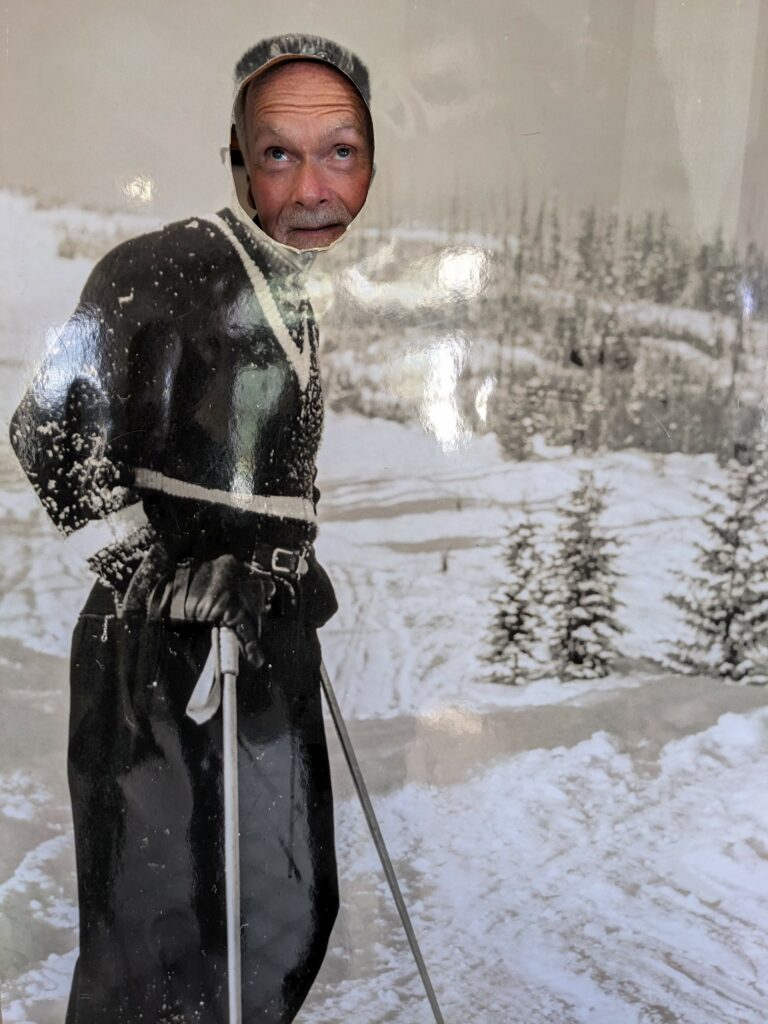
The delicious
We read that huckleberries were a local speciality and that the way to sample them was in a Huckleberry Pie, but it wasn’t until after we’d ordered that I saw an article on the wall of the Huckleberry Patch that compared them to blueberries, and I really dislike blueberries!
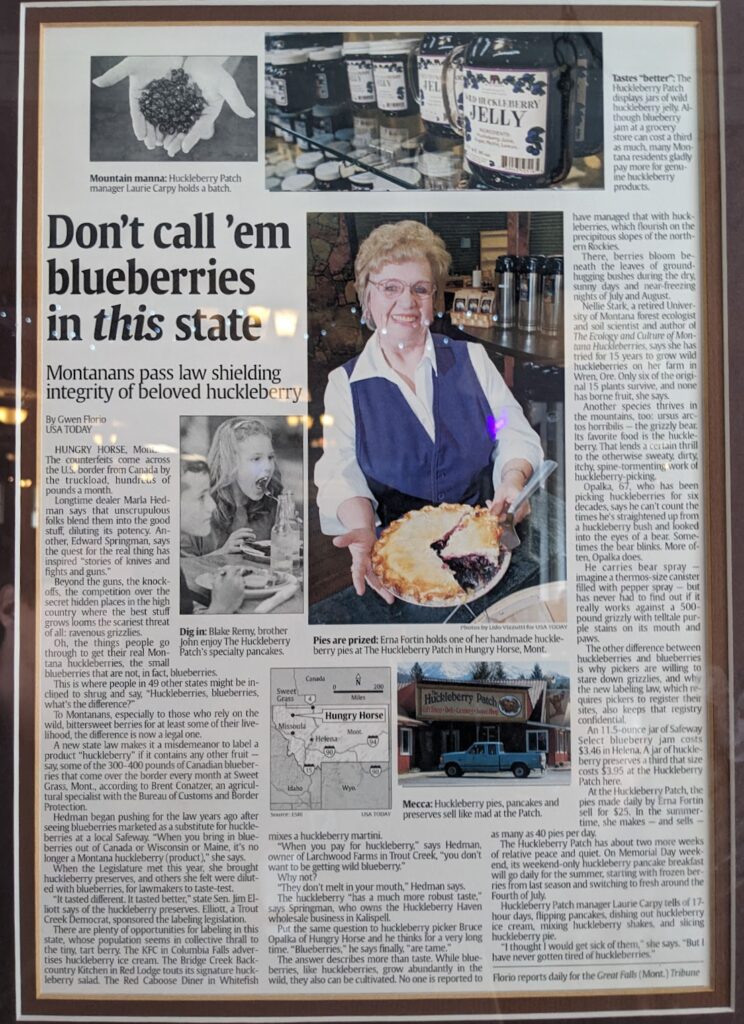
But actually, the article was at pains to describe their superiority, and they certainly were delicious in a pie, with a warm, almost smoky flavour on top of their berry tang. They’re also apparently a favourite food of the Grizzly bear – I knew we’d get along well!


We didn’t really know what to expect from Montana, but Glacier National Park was spectacular, the surrounding area was beautiful and the small towns were welcoming and comfortable, with just a touch of the wild west to keep things interesting. We’re so glad we made this our first stop on our cross-continental Amtrak adventure; next stop: Minneapolis, MN!
